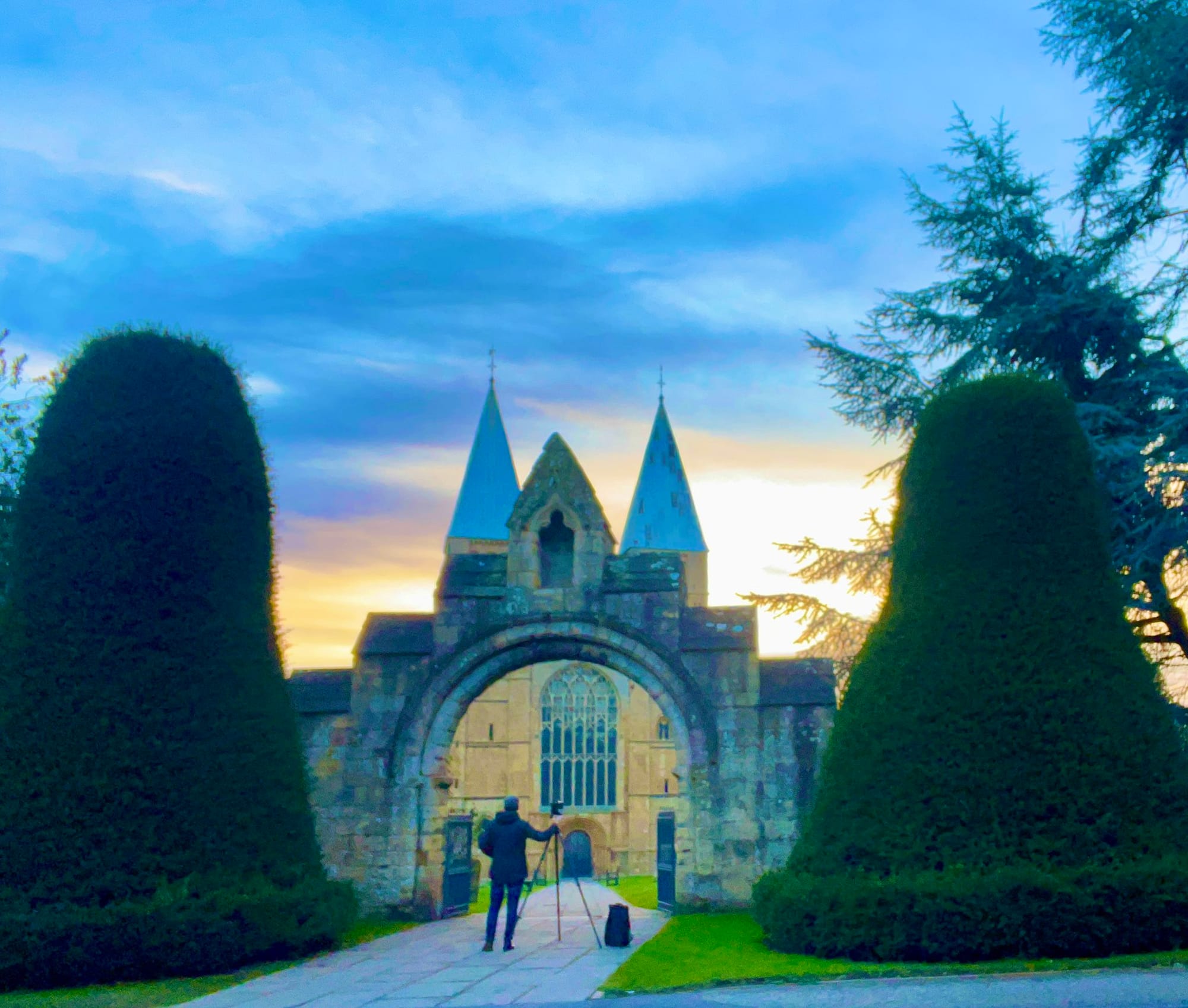
Welcome!
Thanks for coming along
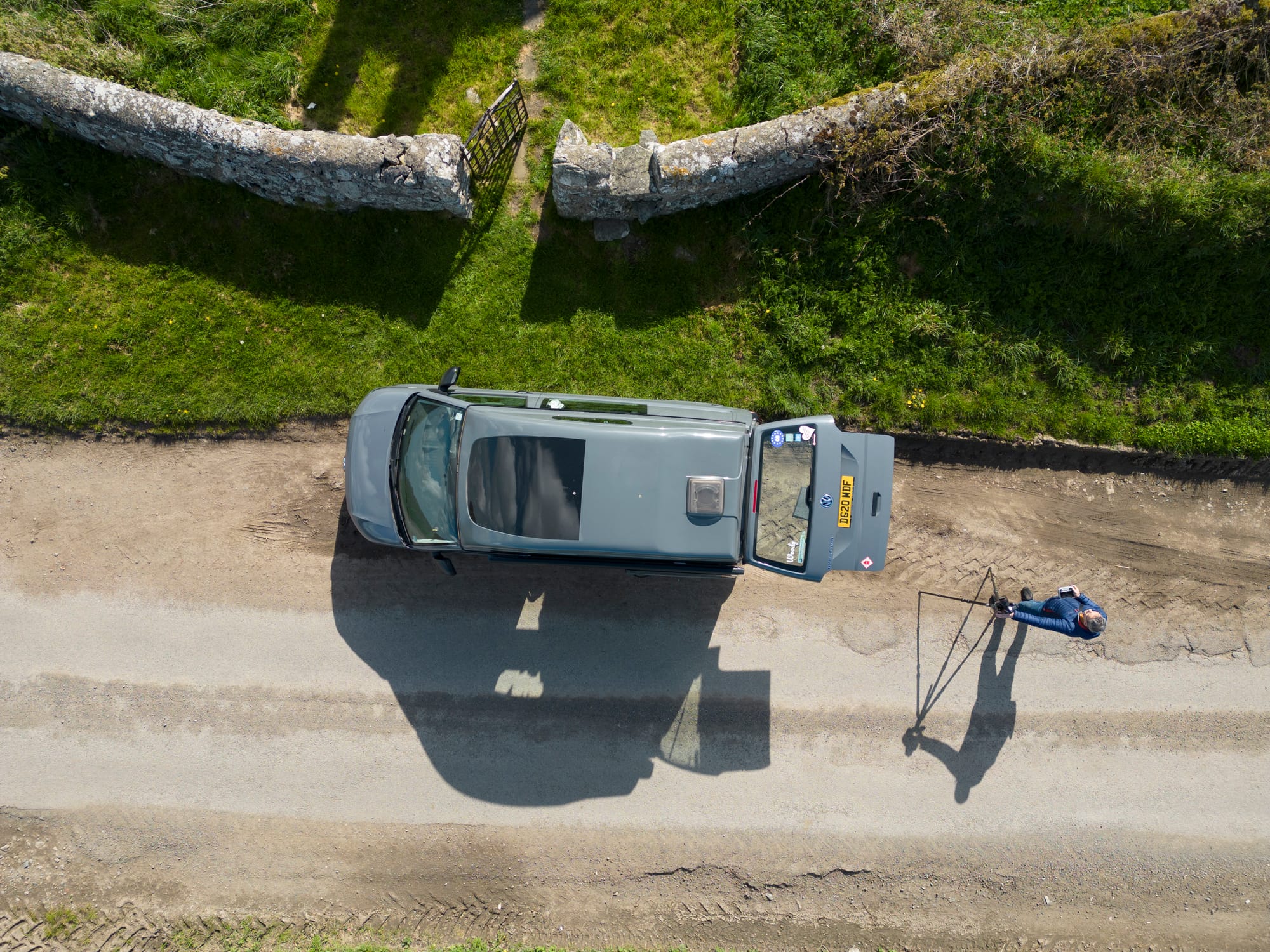
⚡️ View the latest digest and the full archive here.
📐 My Goals ℹ️ Donations Page & Status 📸 MPP Status 🛍️Shop
For The Bellringers.
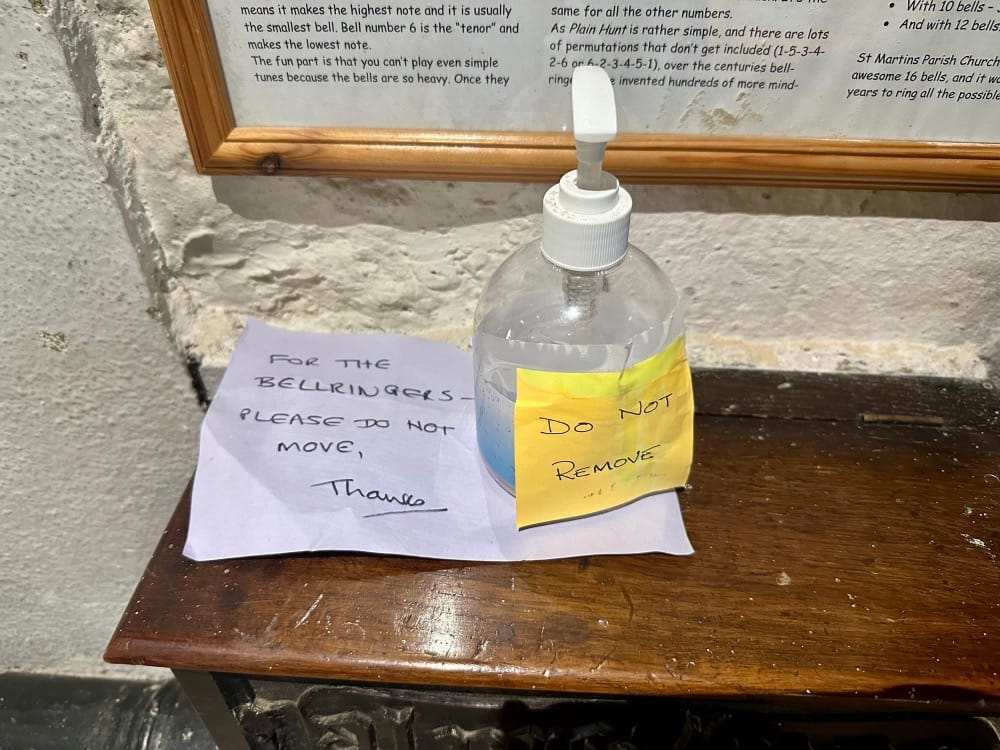
Afterpeace.
This wind that howls about our roof tonight
And tears live branches screaming from great trees.
Tomorrow may have scarcely strength to ruffle
The rabbit's back to silver in the sun.
Patrick McDonagh.
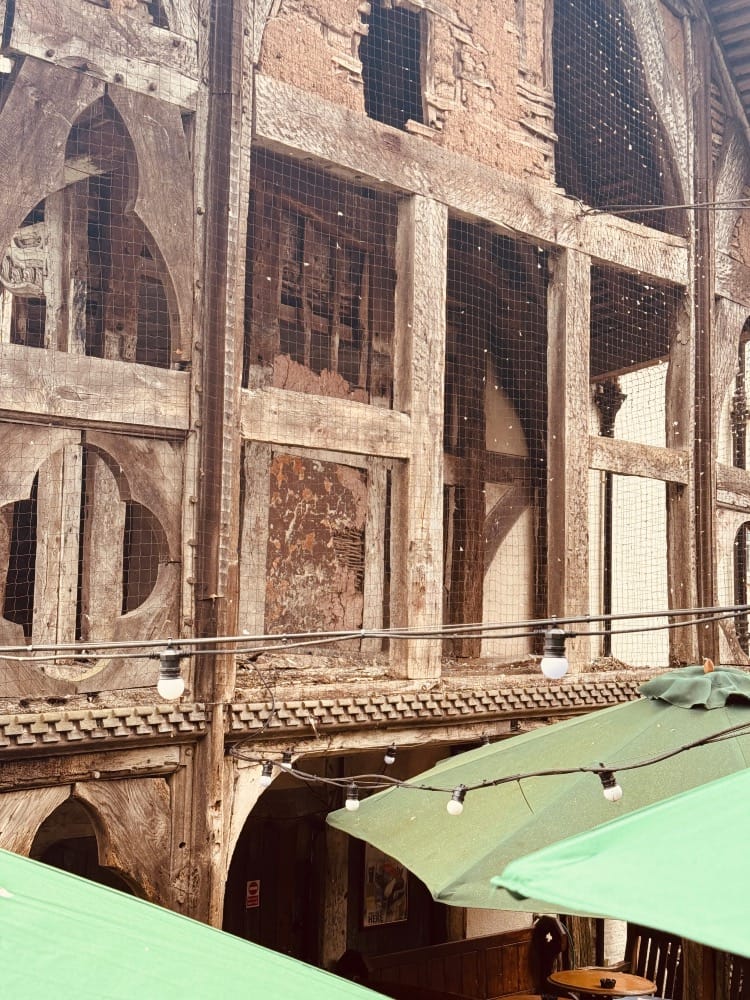
From The Inside Out
Since I changed my job after having a breakdown, I’ve been on a journey to understand why my vocation – and the interaction it brings with certain places – contributes exponentially to my wellbeing. There are key locations that have helped me find answers along the way, and today, on a stark February afternoon, I think I’ve found another breadcrumb on my trail.
Up until today, I’ve been plagued by a thought looping endlessly in my mind – an accusation, almost: that the strongest trees bend in the wind. That I faltered during the dark days because I was brittle and fractured.
But here, in this place, the accusations, the hair shirt thoughts, begin to unravel.
My salve is a remarkable remnant of a building in Wyle Cop, Shrewsbury. Cockled to the rear of a pub called The Nag’s Head, clinging to its newer counterpart like the last leaf on a winter branch, are the remains of Gibbon's Mansion.
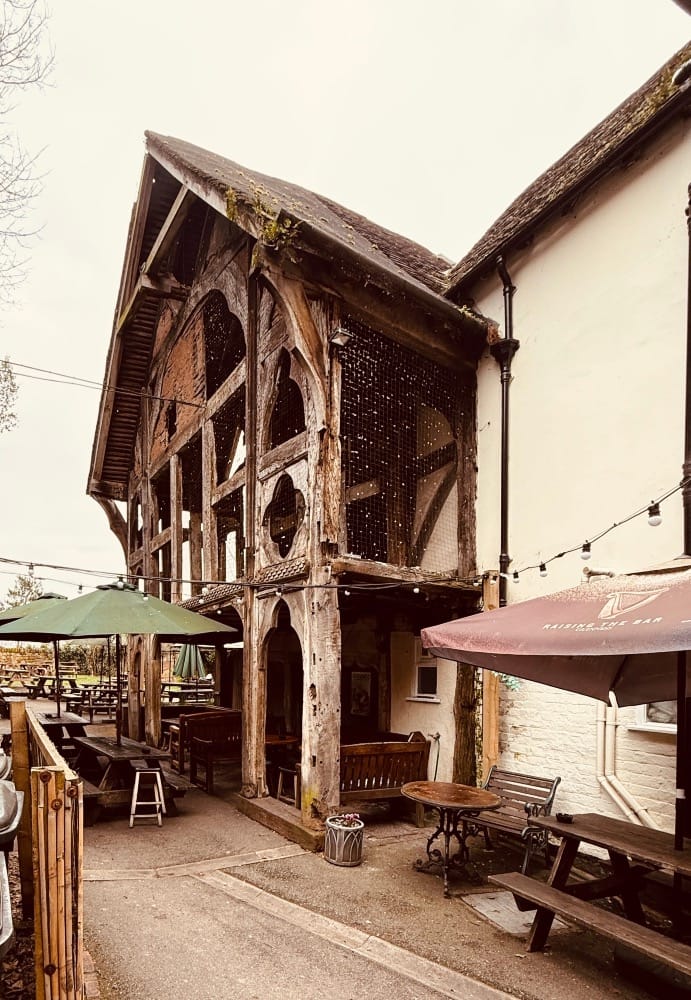
In some strange flicker of connection between two discordant cells in my brain, this building stirs an oblique memory from the past – where, on a similarly stark day, I came across a frosted fern on a country walk.
The husk of the fern was caught in the gloaming like a fly in amber. Its fronds, once full of life, were imbibed with ice, their contours backlit with filigree neon strips. Each tiny leaflet had stiffened into a crystalline silhouette, transformed into an abstract pattern of fractal beauty. Winter had stripped it of colour, leaving only a faint echo of what once was.
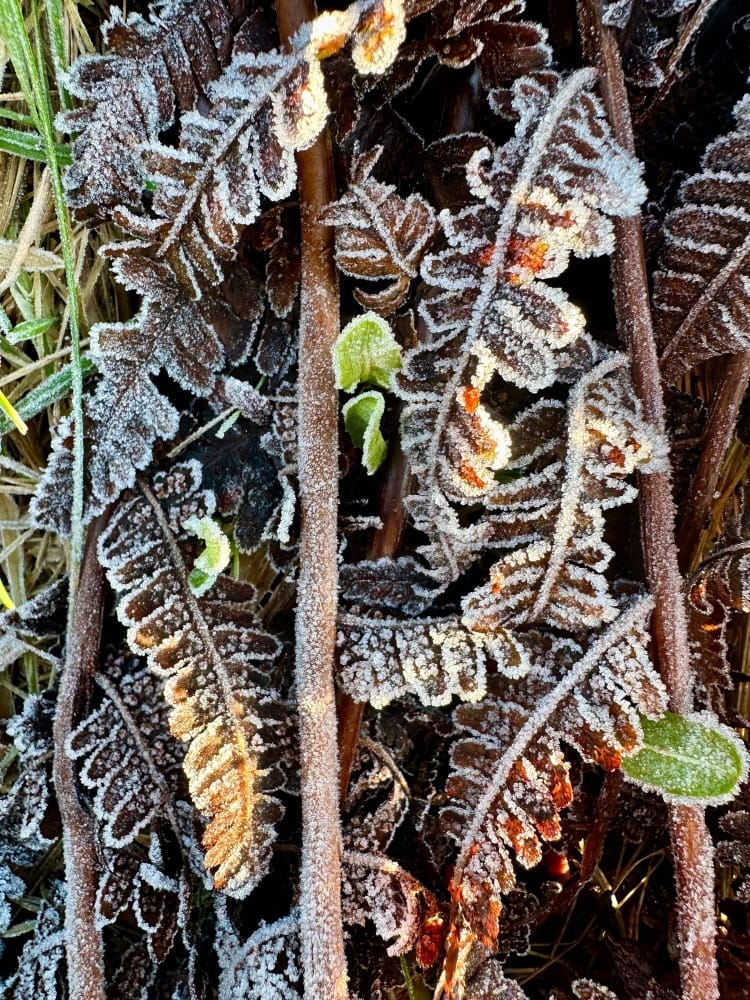
At the time, I remember being struck by its fragility – how a single touch might have shattered it. And yet, that very brittleness was the foundation of its beauty. Its glass-like form was not a failure of resilience but a moment of transformation.
Here at Gibbon's Mansion, instead of stems, think studs. Instead of fronds, the cusp of an arch. Instead of ice, the slow calcification of time.
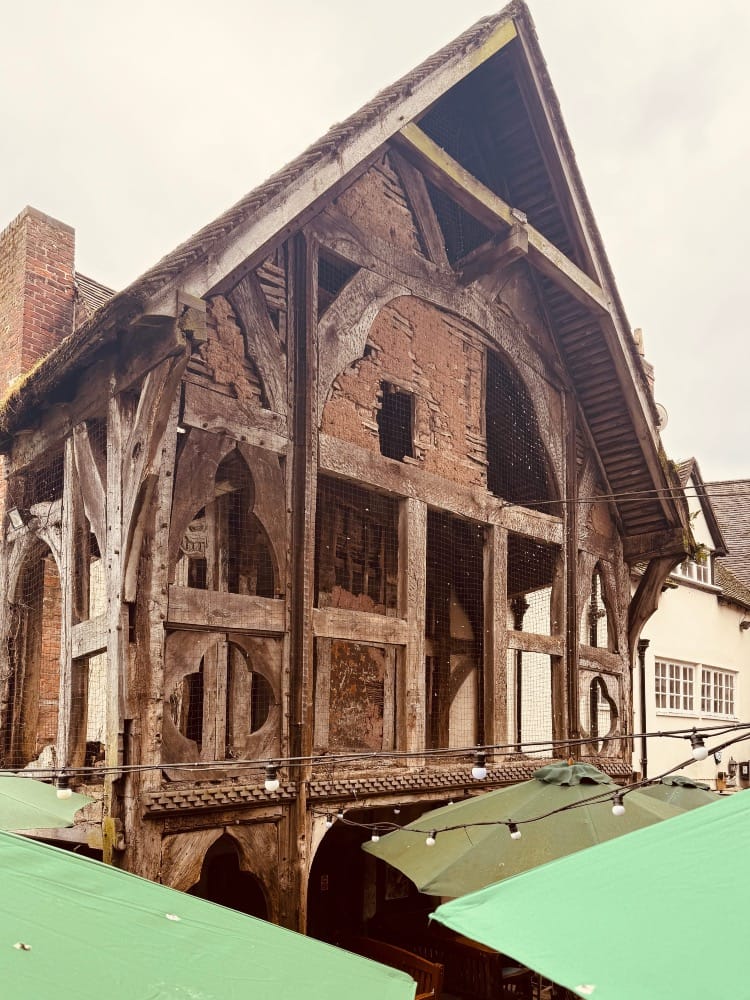
There is something striking about this weathered lattice of timber bones, something that stirs a sense of reverence. Built in 1597 by Nicholas Gibbons, a local lawyer, this three-storey house has endured centuries of change. In the 19th century, it served as the stained glass workshop of Betton and Evans. It was badly damaged by fire in the Second World War, but its fragility was rewarded with an appearance in the 1984 film A Christmas Carol. Still, its frame stands exposed amidst the jocularity of a beer garden – a husk of what it once was – its structure precarious yet oddly enduring, like the fern’s fronds on my walk.
And yet, even in this stripped-down state, I sense the people within the framework. Mr. Godden and his family are present not in the raw formality of the studding, but in the crosier curve of the bressumer, the sacred geometry of the quatrefoil, the patterned solidity of the diaper work. That much of them remains.
And that is what makes this moment significant. Sometimes, buildings – even ruinous ones – are conduits to people like us. They become mirrors, reflecting back our humanity. And sometimes, if we feel vulnerable and fractured, if we are looking for answers, they move us towards a better understanding of ourselves.
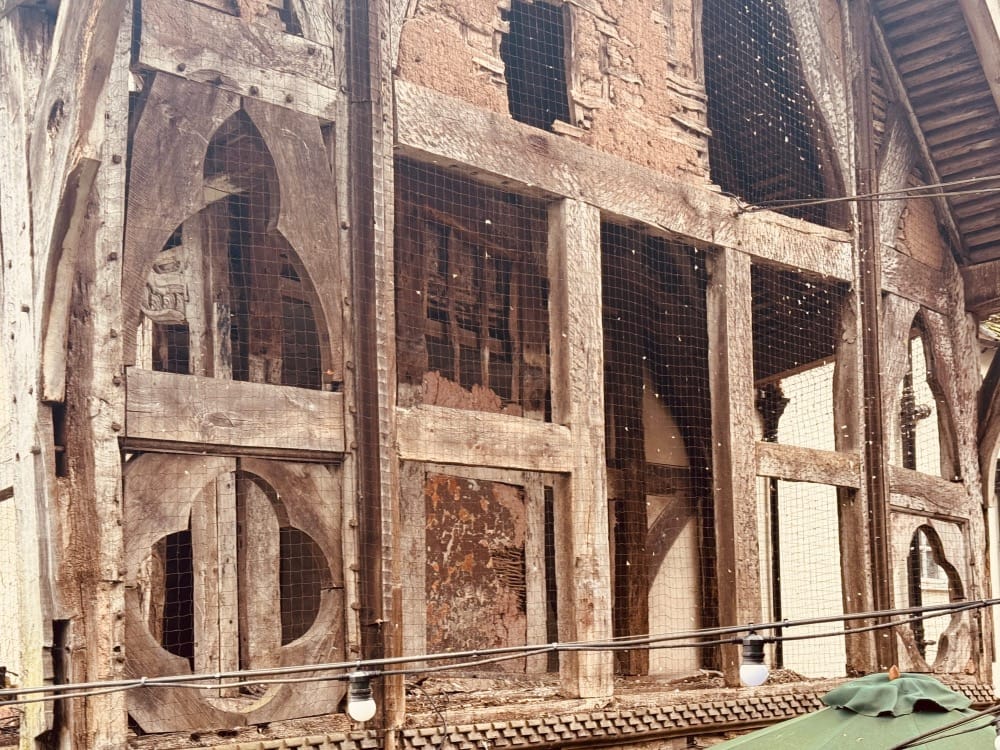
Observing this framework of signs and signals, searching for the personality behind the wattle and daub, I’m reminded of Birkin – the fictional protagonist of J. L. Carr’s book A Month in the Country.
Set in 1920, Birkin, after suffering the trauma of the First World War, spends a month uncovering a limewashed medieval Judgement painting over the chancel arch at Oxgodby in Yorkshire. When he first arrives, he is a stripped-back version of himself – his face contorted, his words stammered.
But, as he painstakingly peels back the layers of limewash, he becomes whole again. Upon the scaffolding, he finds a strand of the artist’s hair embedded in a scrap of linseed. In a painted figure, he senses a self-portrait of the artist. In the play of colour and form, he detects the personality behind the pigment.
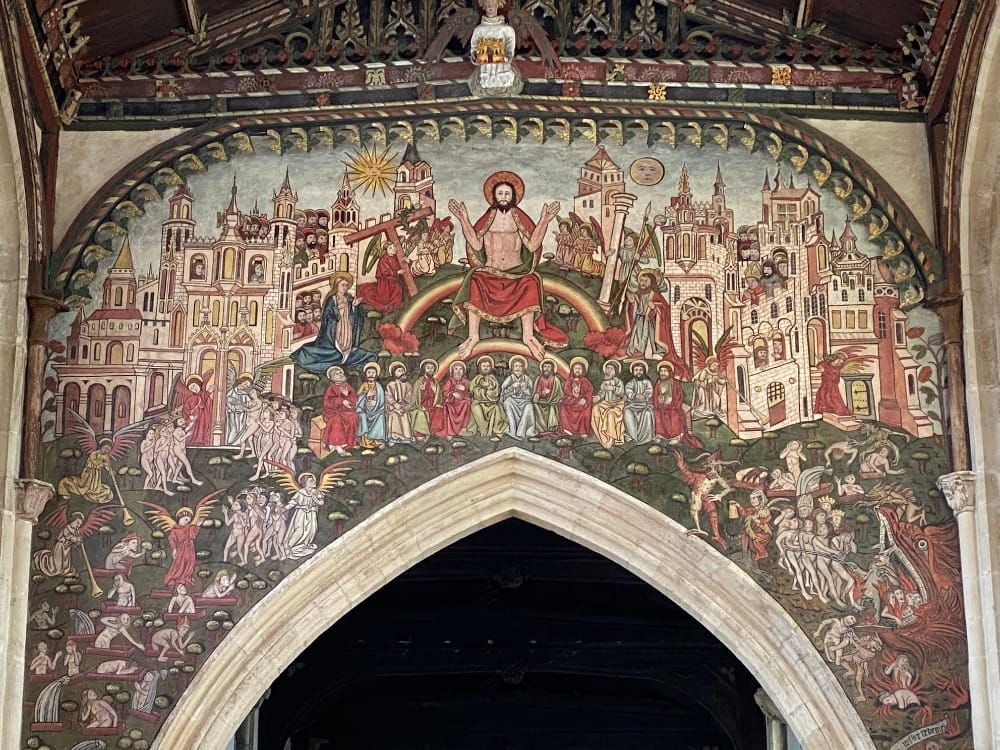
After the job is finished, Birkin reflects:
“..I knew, whatever else had befallen me during those few weeks in the country, I had lived with a very great artist, my secret sharer of the long hours I’d laboured in the half light above the arch. So I turned and climbed the ladder for a last look. And, standing before the great spread of colour I felt the old tingling excitement and a sureness that the time would come when some stranger would stand there too and understand.”
It is not the painting itself that brings Birkin solace, but the opportunity for human connection buried within it.
Perhaps brittleness and sensitivity isn’t failure. Perhaps fractures are not signs of weakness but openings. Like the fern, fragility is not the opposite of resilience but another expression of it – a way of holding onto the core of oneself, even in the face of horrendous external change.
Like Birkin, I once believed that the cracks and fragments of my shattered self were shameful wounds. But now I see them for what they are – like my camera aperture – spaces for light.
The realisation is an epiphany for me and I think again of Leonard Cohen’s words that seem to me more appropriate now than ever:
Ring the bells that still can ring
Forget your perfect offering
There is a crack, a crack in everything
That’s how the light gets in.
I tell myself that I shall replace my obsessive thoughts with these lines – they are spellbinding, potent, like light filtered through frosted ferns.
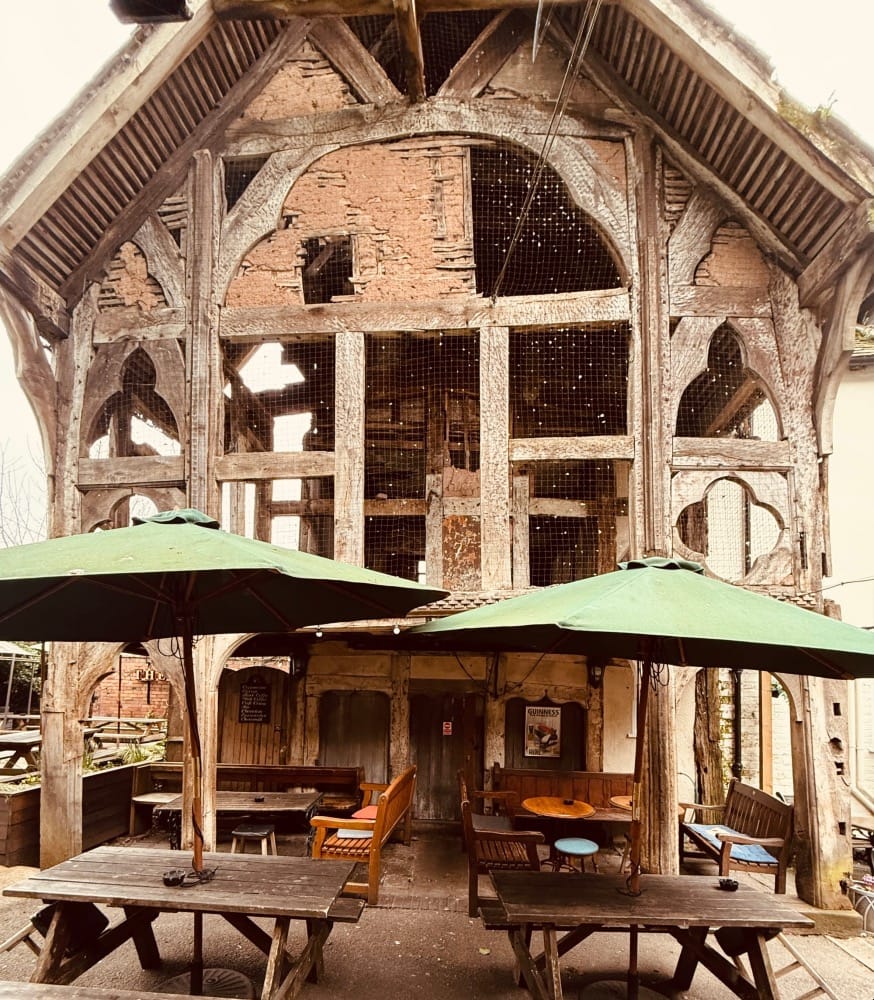
And so, of course, I want to capture Gibbons’ rump of a house, to sketch its weathered form, its organic decay. I trace the lines in my mind, but the cold creeps into my fingers before I can set pen to paper. I retreat into the snug warmth of the pub, order a pint, and turn my attention to the space around me.
As I sketch, the people of this town come and go – their conversations rise and fall. The bar staff change shifts; time dissolves, and outside, the timber framing stands unmoved.
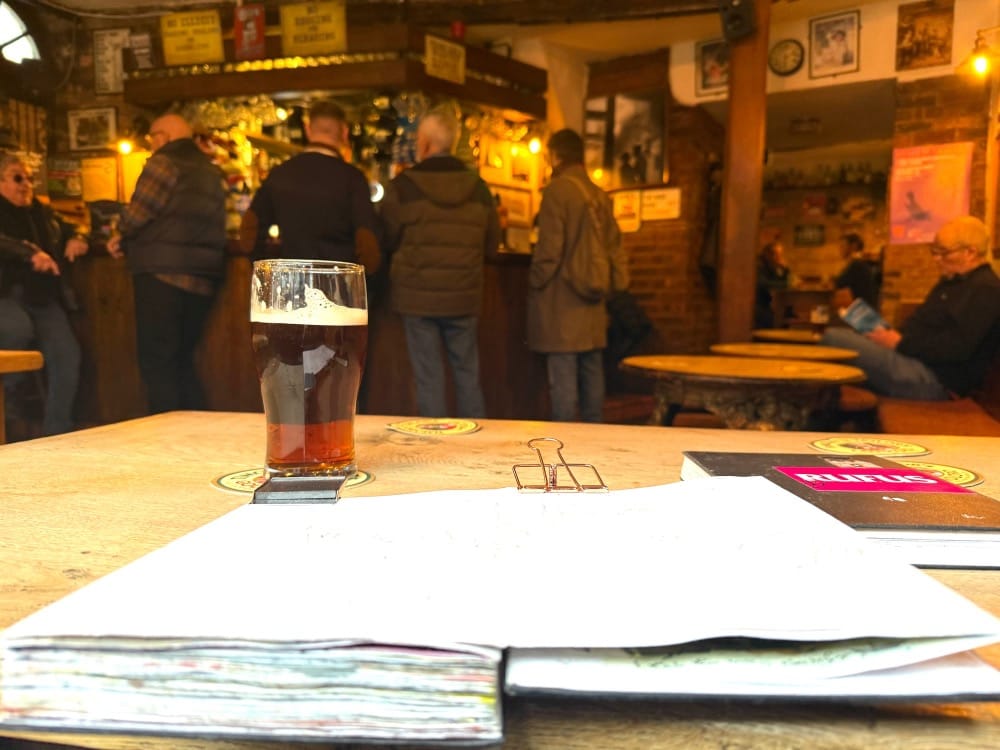
But as I finish my drawing, I realise something. The ruin outside isn’t a rump after all. It has a lifeline to it.
Amid the trappings of modernity – the glow of electric lights, the murmur of quiet voices – my pen and ink leads me to timbers in the ceiling, whispers of an older structure embedded in the fabric of the pub. Time has gathered itself here too, layered like sediment.
Like the chancel wall for Birkin, my sketch becomes a salve, replacing my accusatorial thoughts with new ones: that the way to understand myself is how I got to know this place – from the inside out.
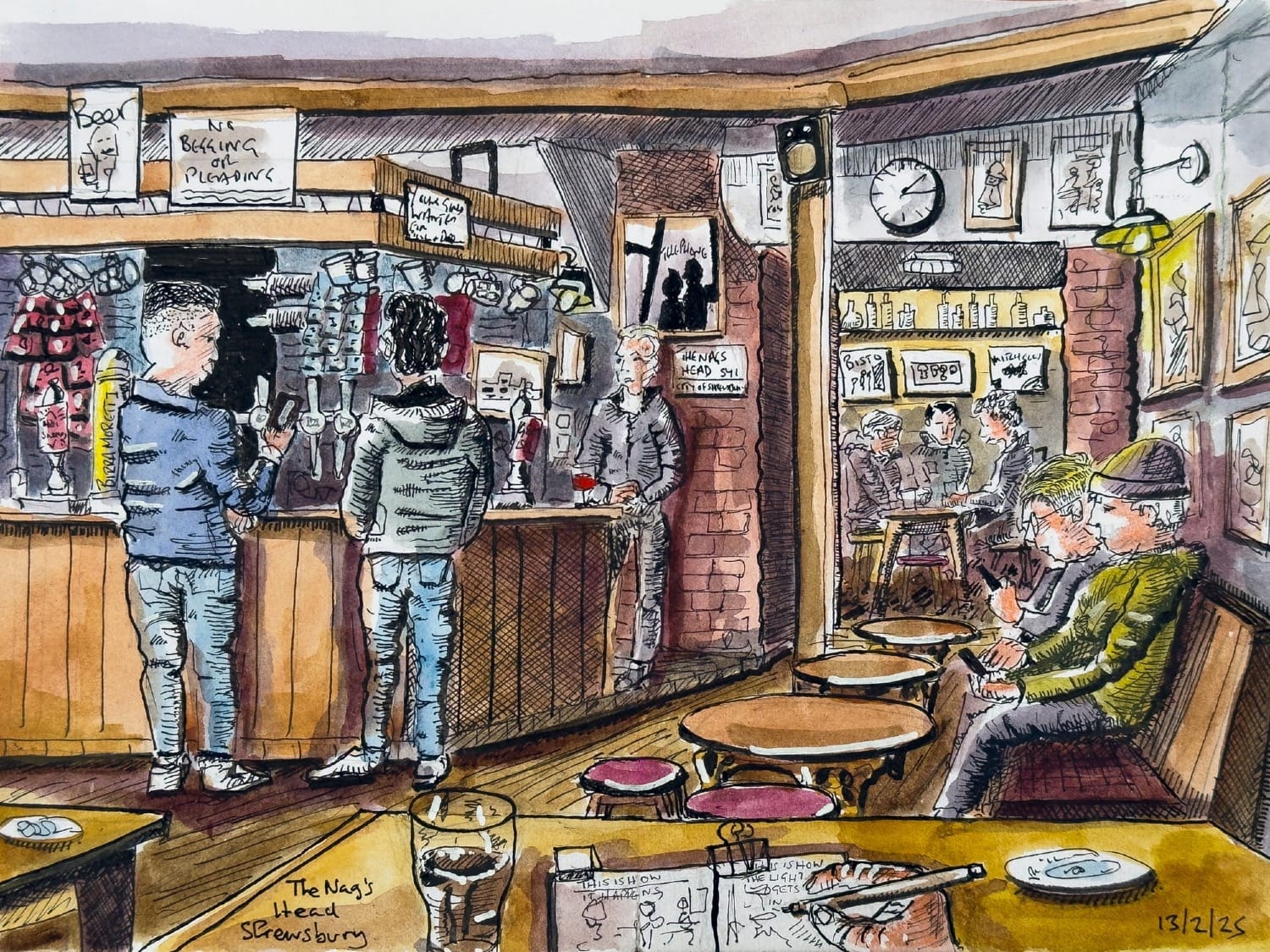
Can you help support my journey into place and keep me on the road?
If you’ve enjoyed this journey through time, tracing echoes of the past in timber and stone, I’d love for you to join me on more. My Genius Loci Digest is a labour of love—free to all, but powered by its Members.
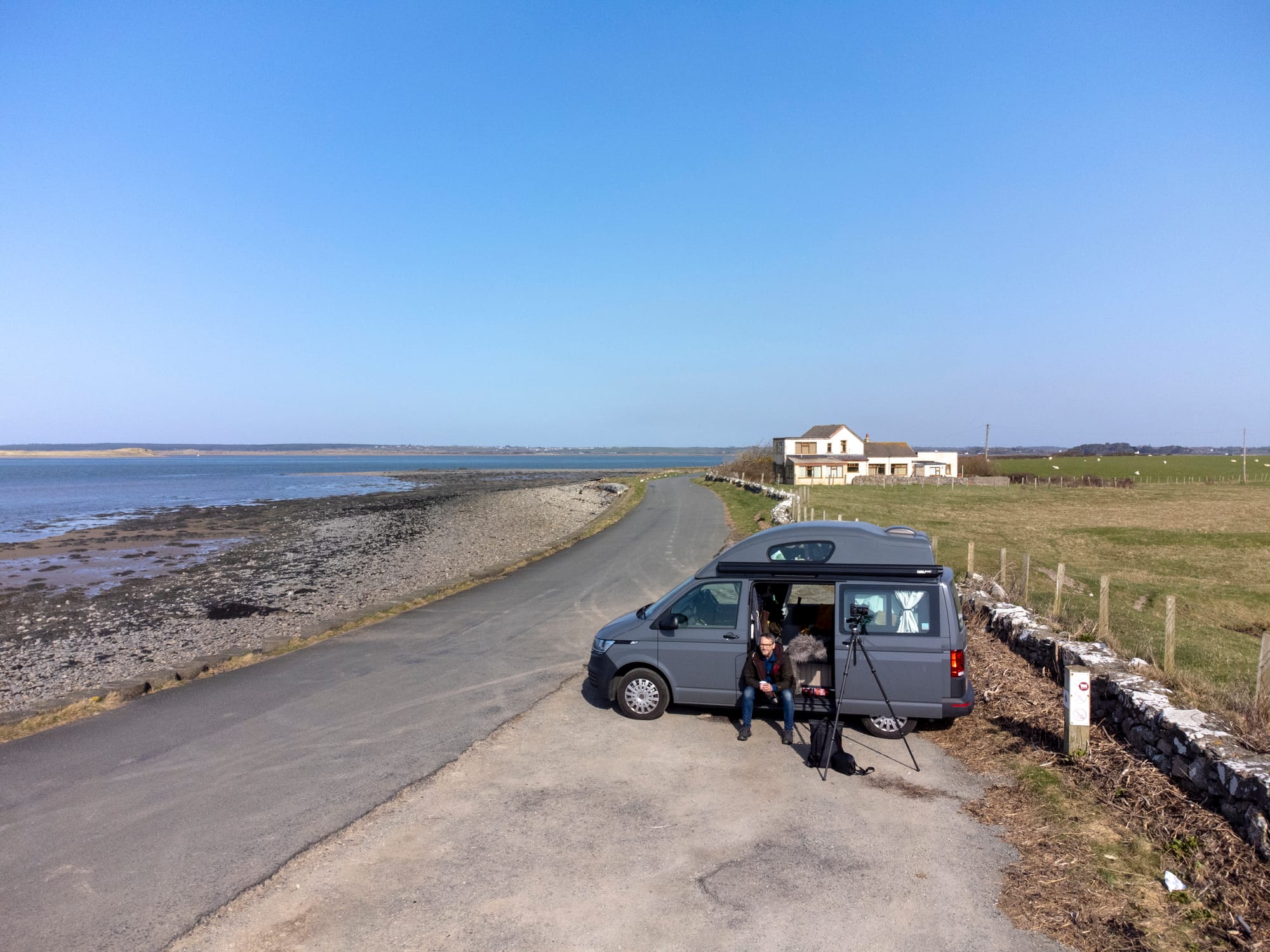
Can you help support me and keep Woody on the road?
Lots of Member Benefits from £2 pm
Become a MemberSt. Mary the Virgin, Shrewsbury.
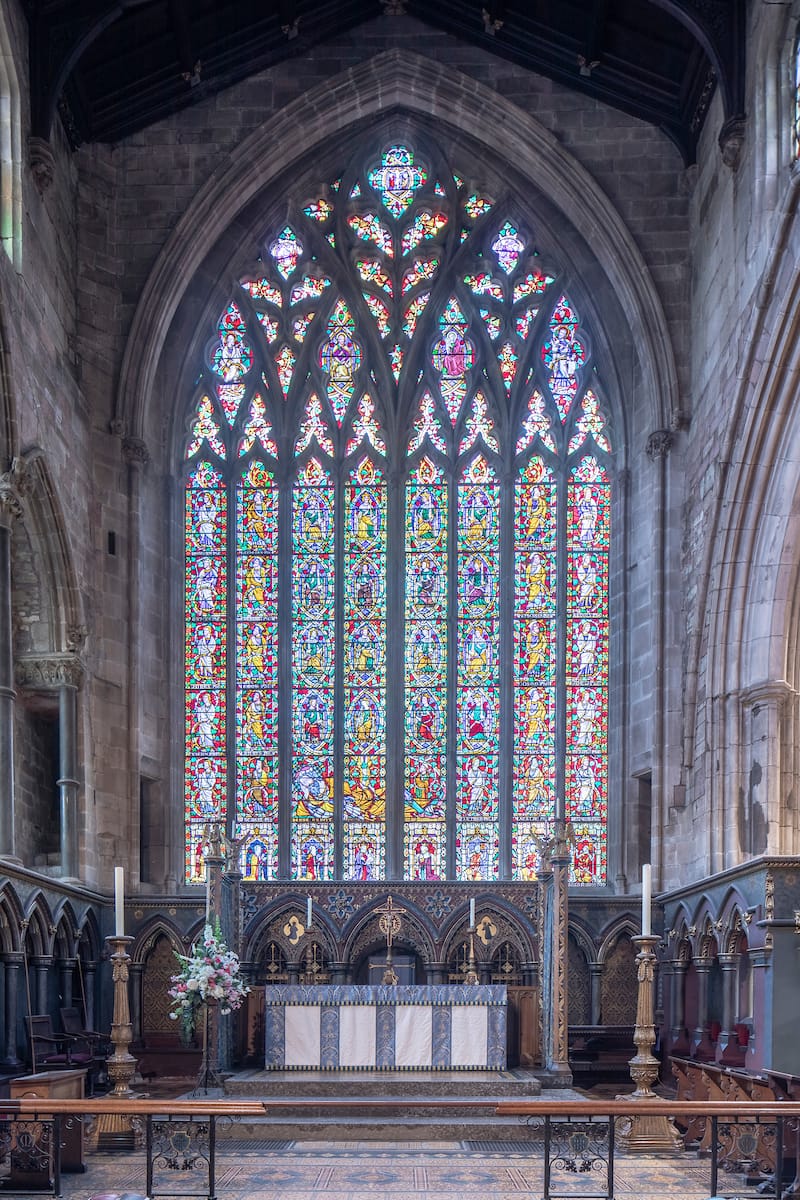
And that is how the light gets in - and, as if, to drill home the light metaphor - the company that once toiled beneath the mansion timbers, bringing colour to glass, namely Betton and Evans filled in the cracks (by supplying additional glass motifs) to the medieval Jesse window at St. Mary the Virgin in Shrewsbury.
The tree of Jesse itself is a symbol of continuity and growth.
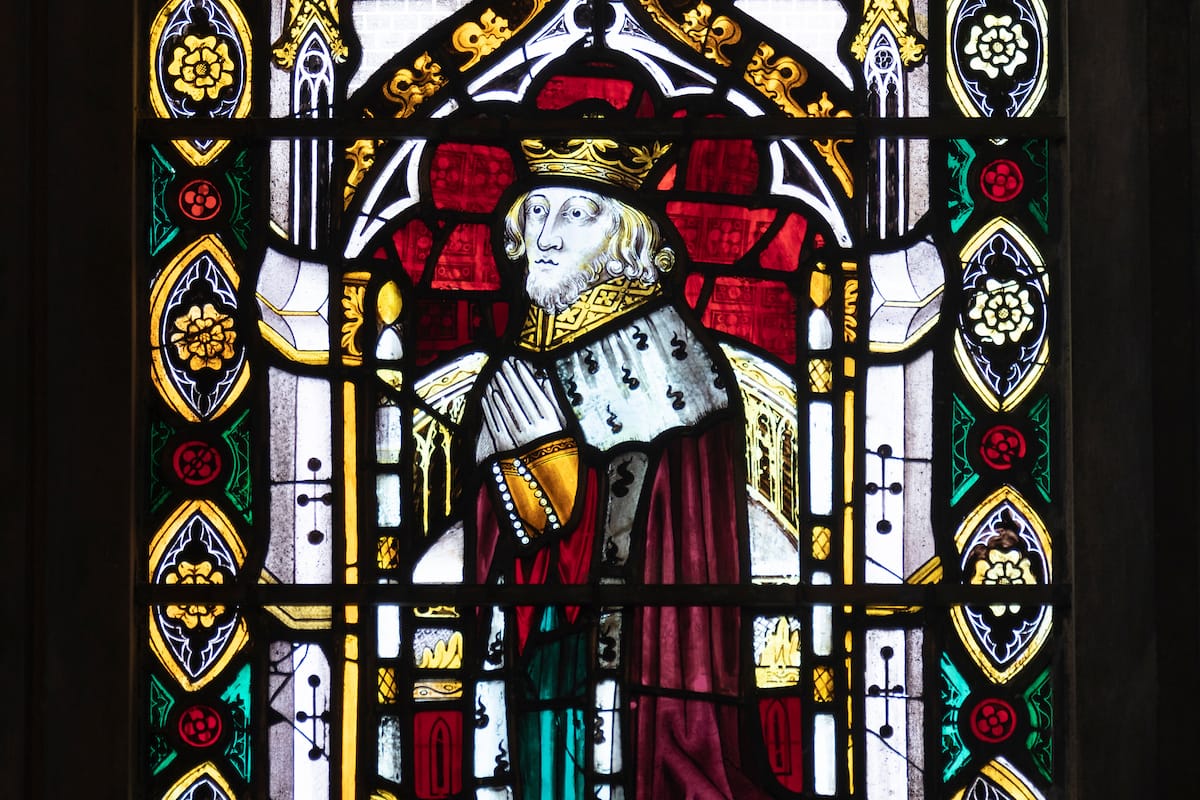
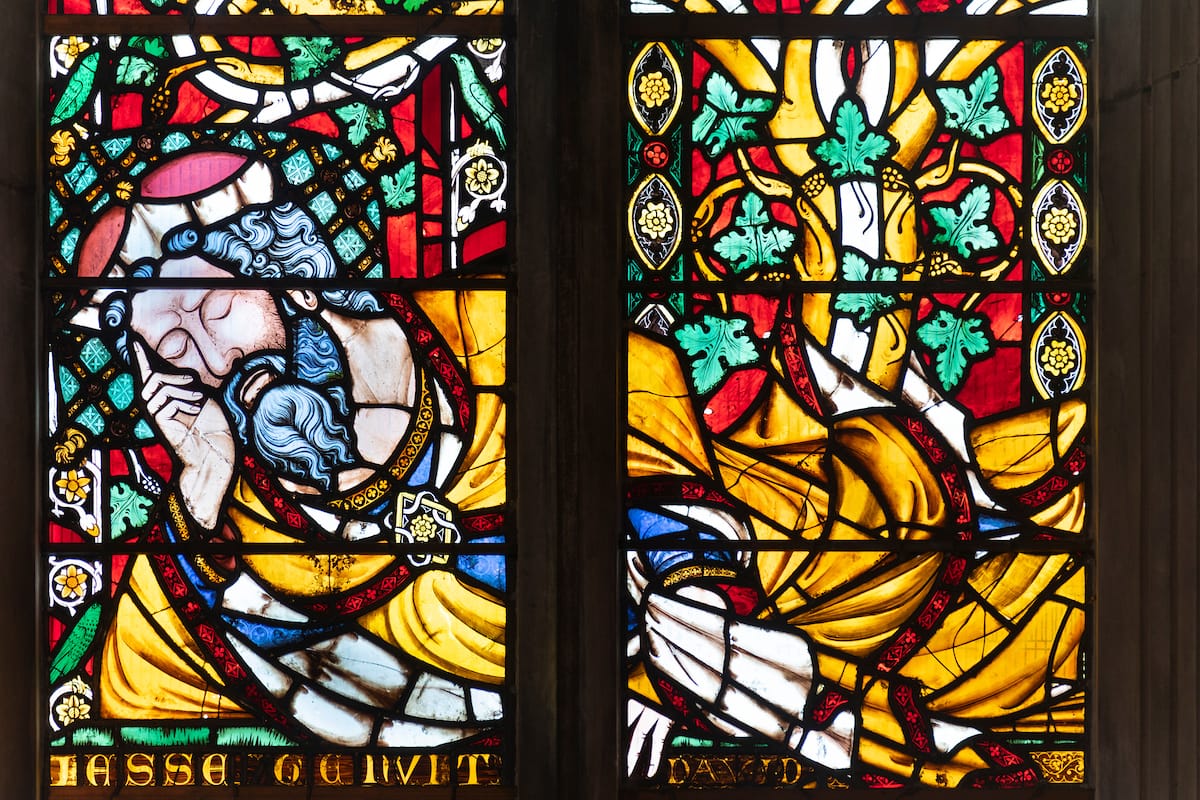
At the time, I was still untangling my thoughts about my relationship with buildings, particularly medieval churches. I carried a small mirror with me—it tucked neatly into my camera bag—using it to explore how these places acted as mirrors themselves, reflecting our inner worlds and helping to unravel our thoughts. I remember capturing a photograph of myself with the mirror, with the stained glass of St Mary’s shimmering within it.
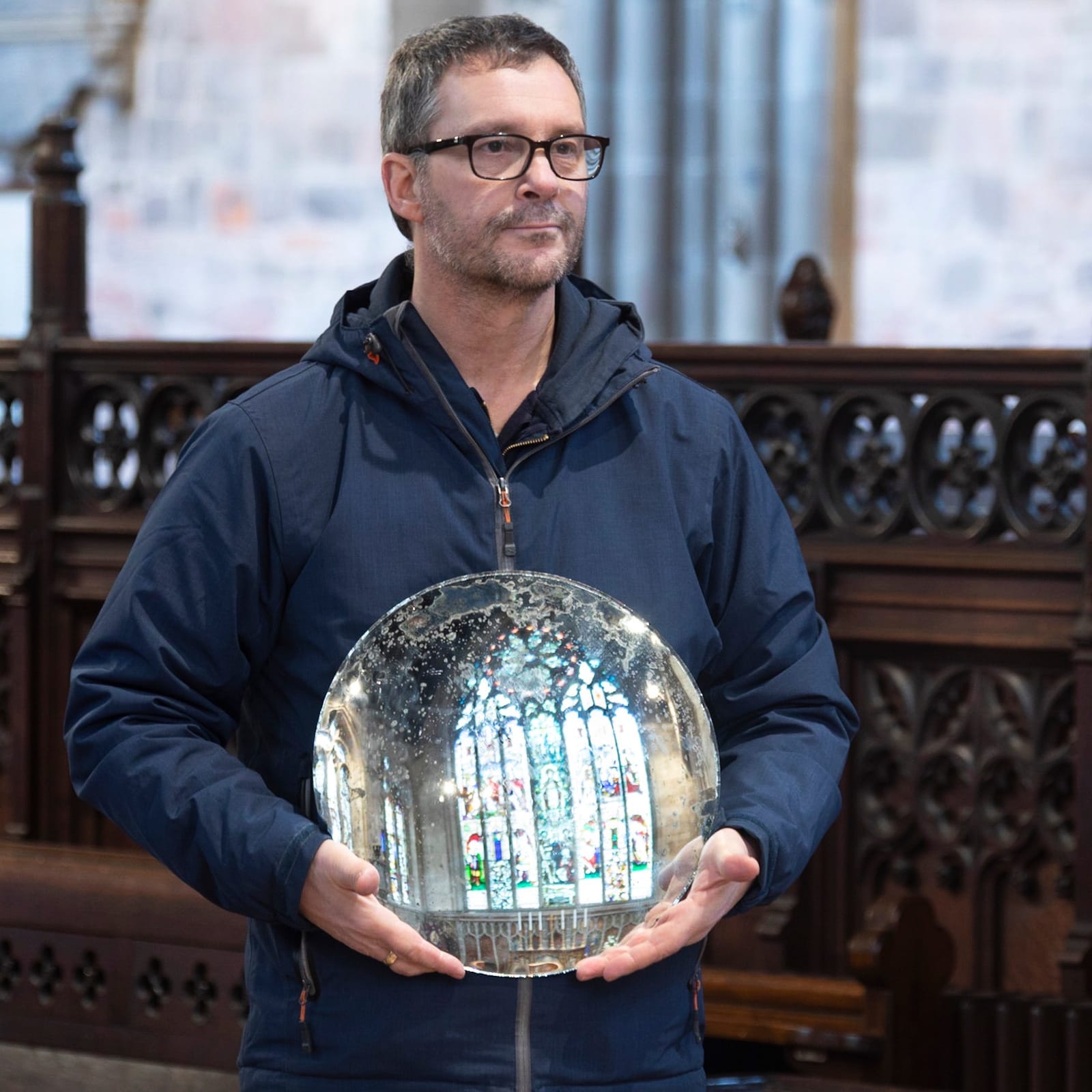
The church is a marvel - a wonderful destination with a cafe. Here are some photos I took for the Churches Conservation Trust several years ago.
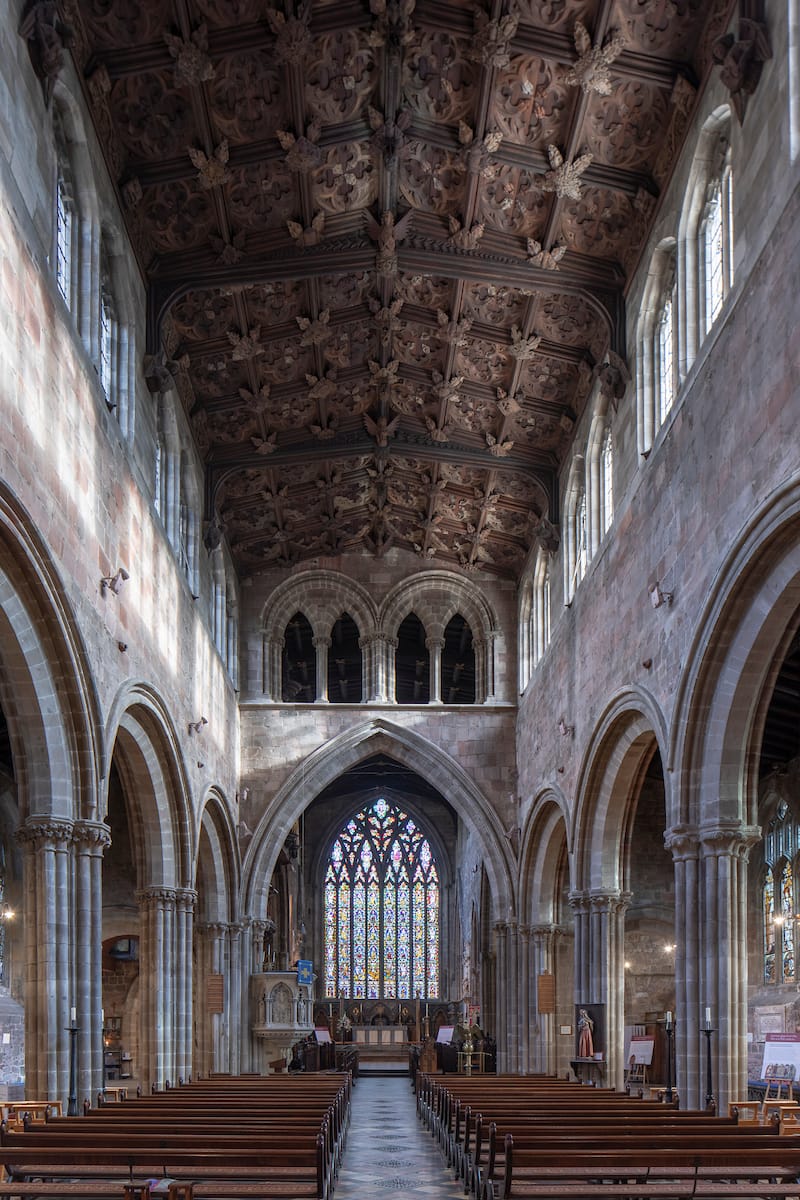
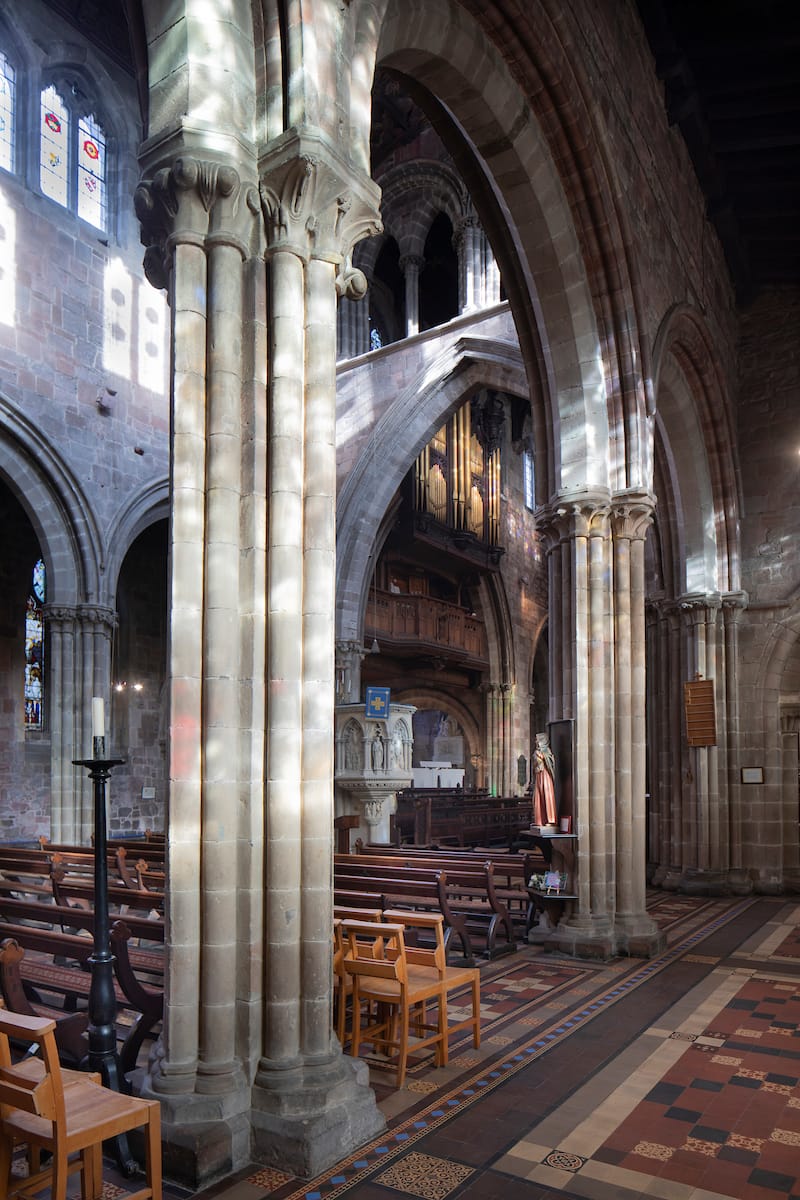
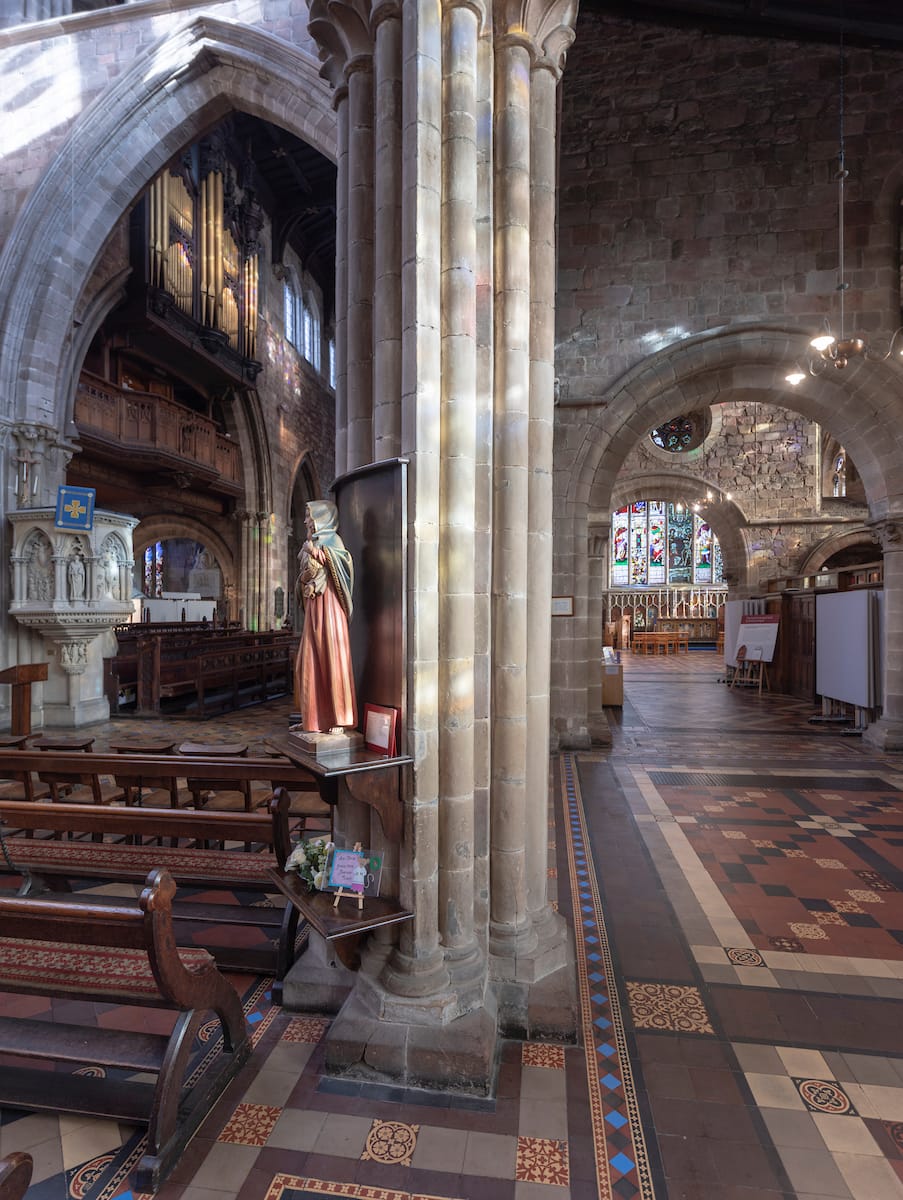
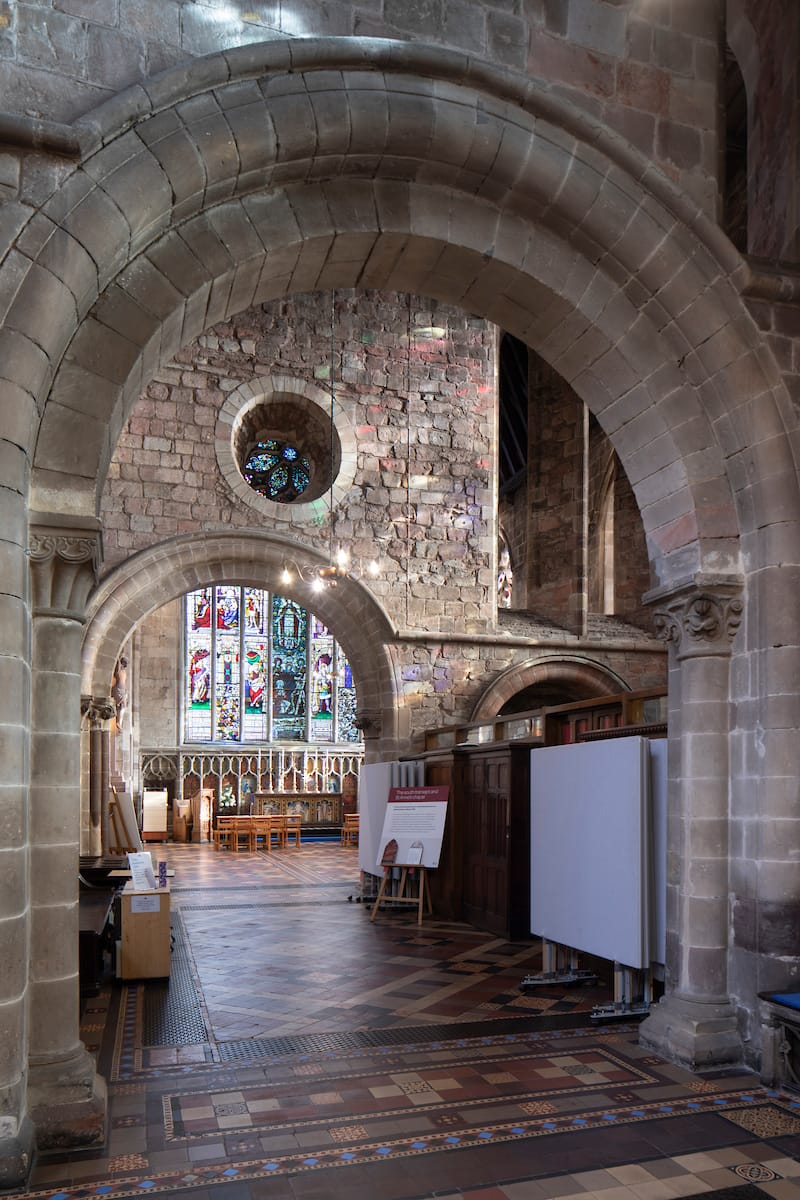
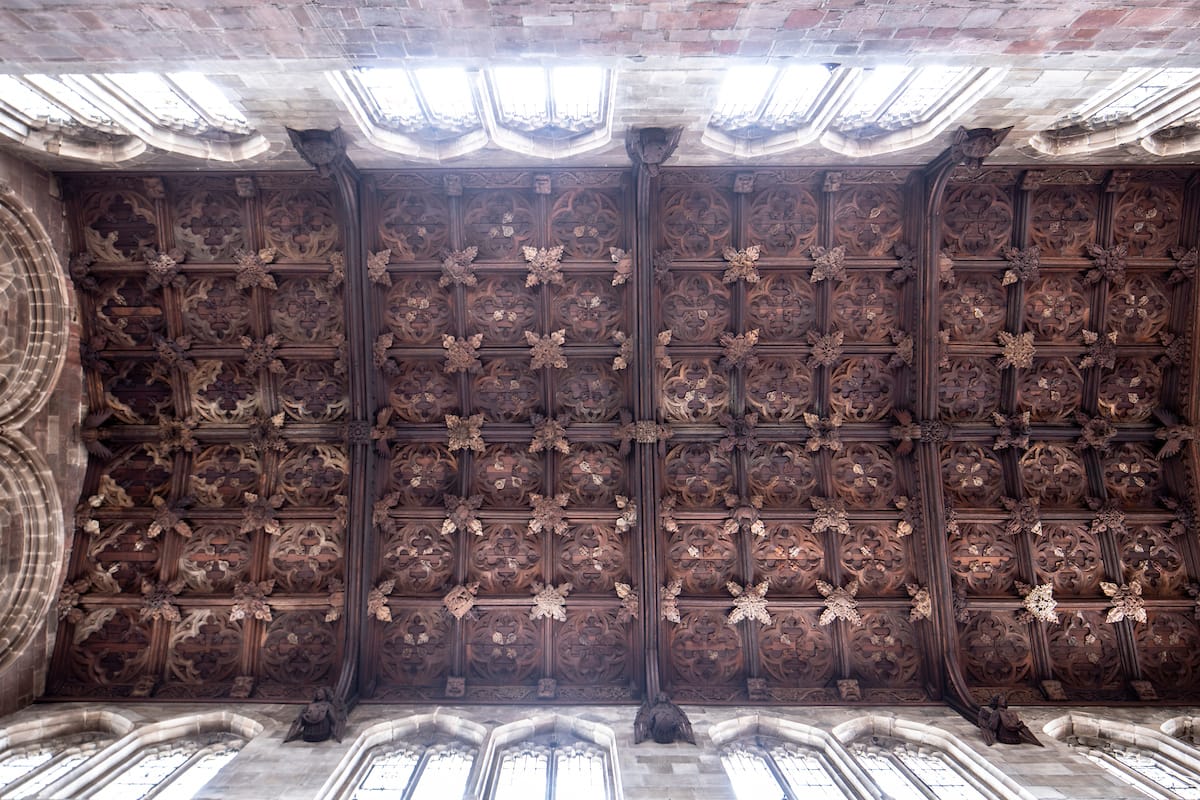
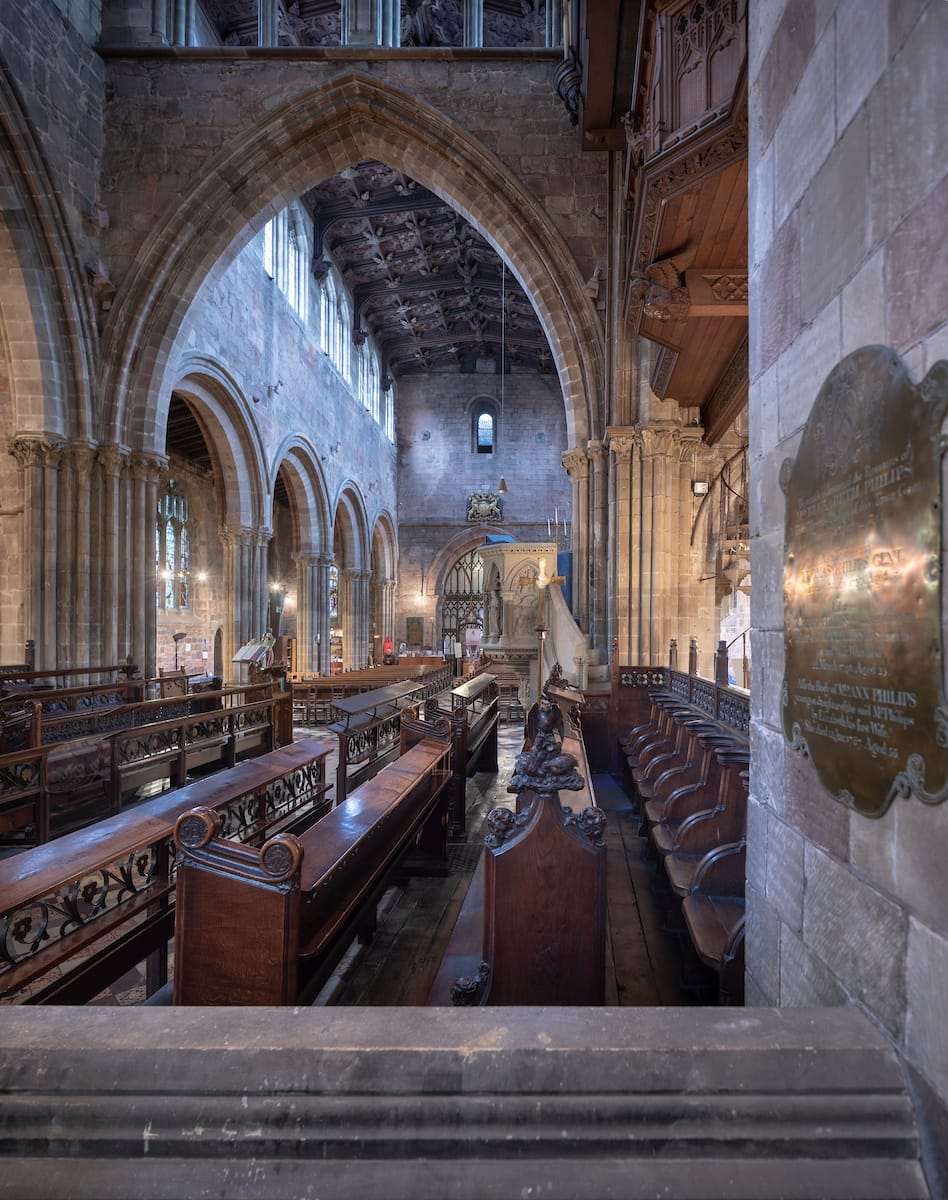
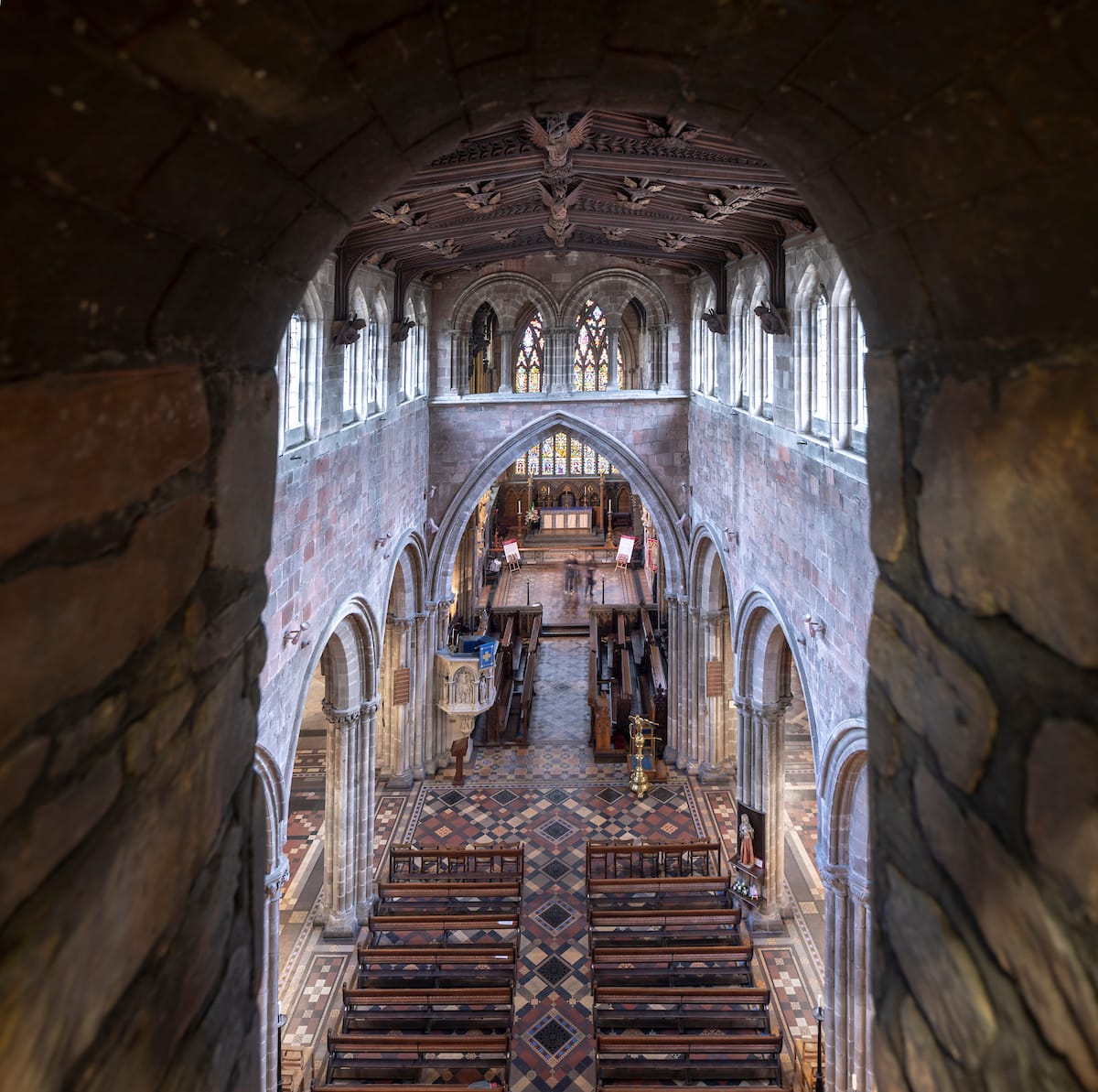
I lodged at Salop Leisure's 'Love2Stay' - a little bit pricey - but well worth the extra benefits - with a few luxuries. Needless to say I didn't use the jacuzzi.

Whilst there I did get a bit of V'envy (van envy) - what a gorgeous van...

Woody's getting a bit old now and I have been trying to work out some deals for a new campervan - but they've fallen through. If anybody knows of any camper van company willing to sponsor me?! Drop me a line..

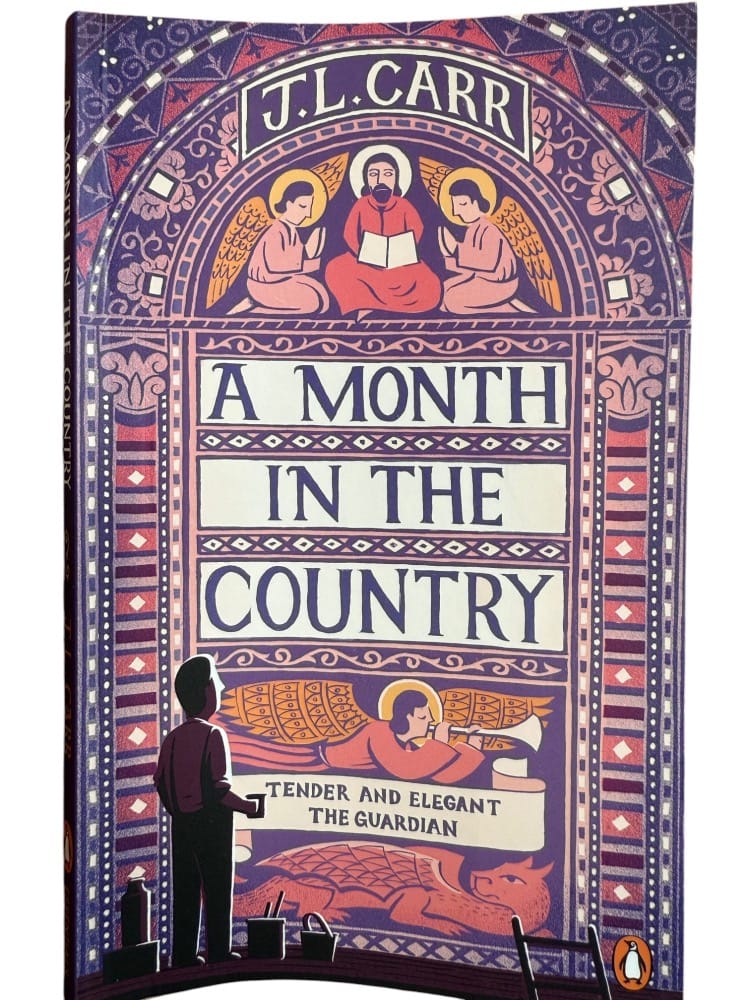
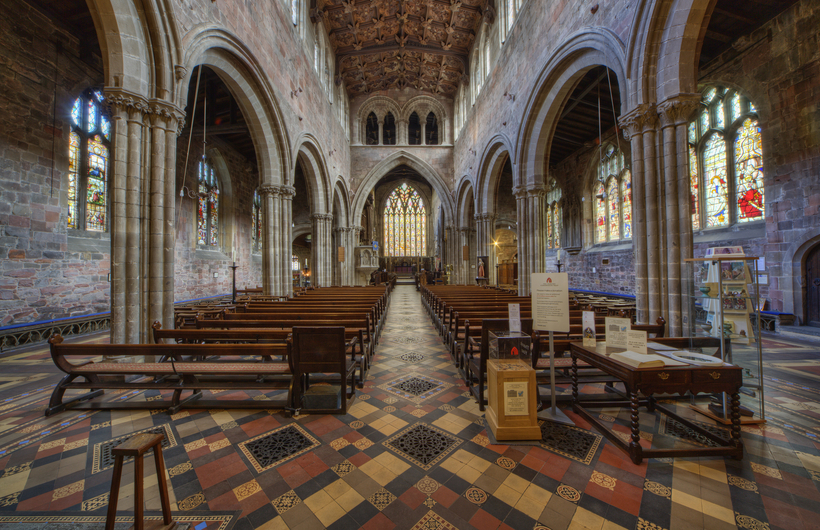
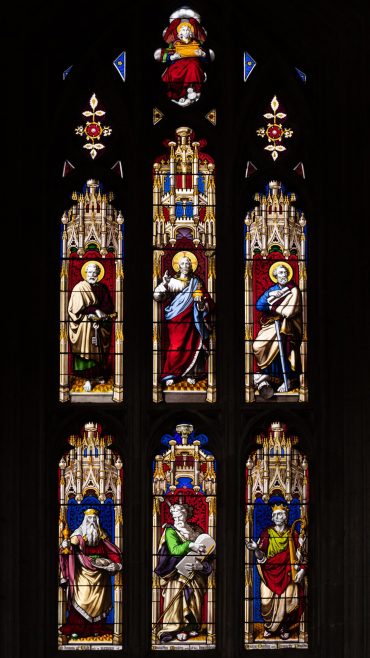
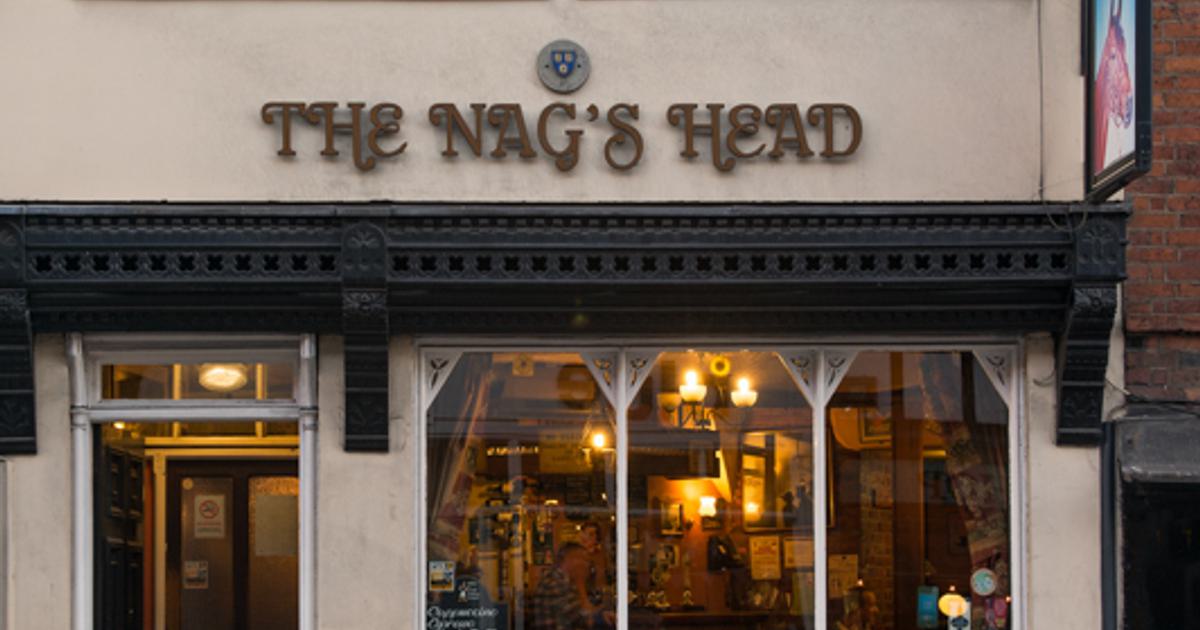
The full film of the 1985 A Christmas Carol - you can see Gibbon's Mansion after 1 hour and 13minutes 30seconds....
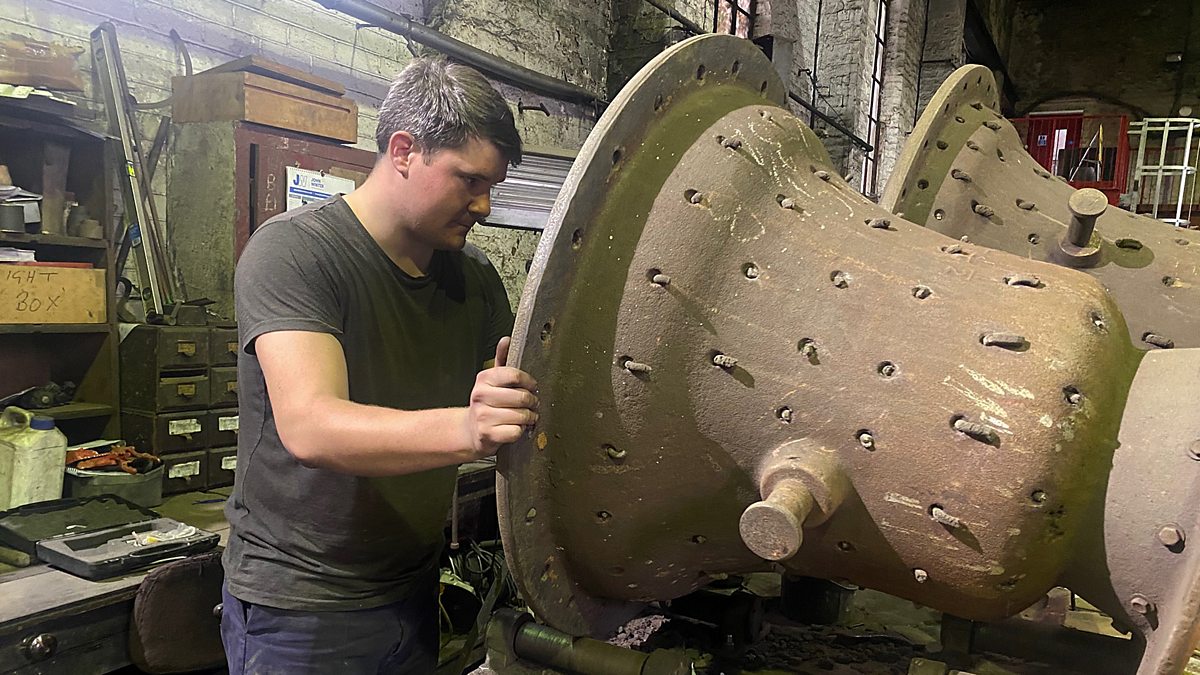
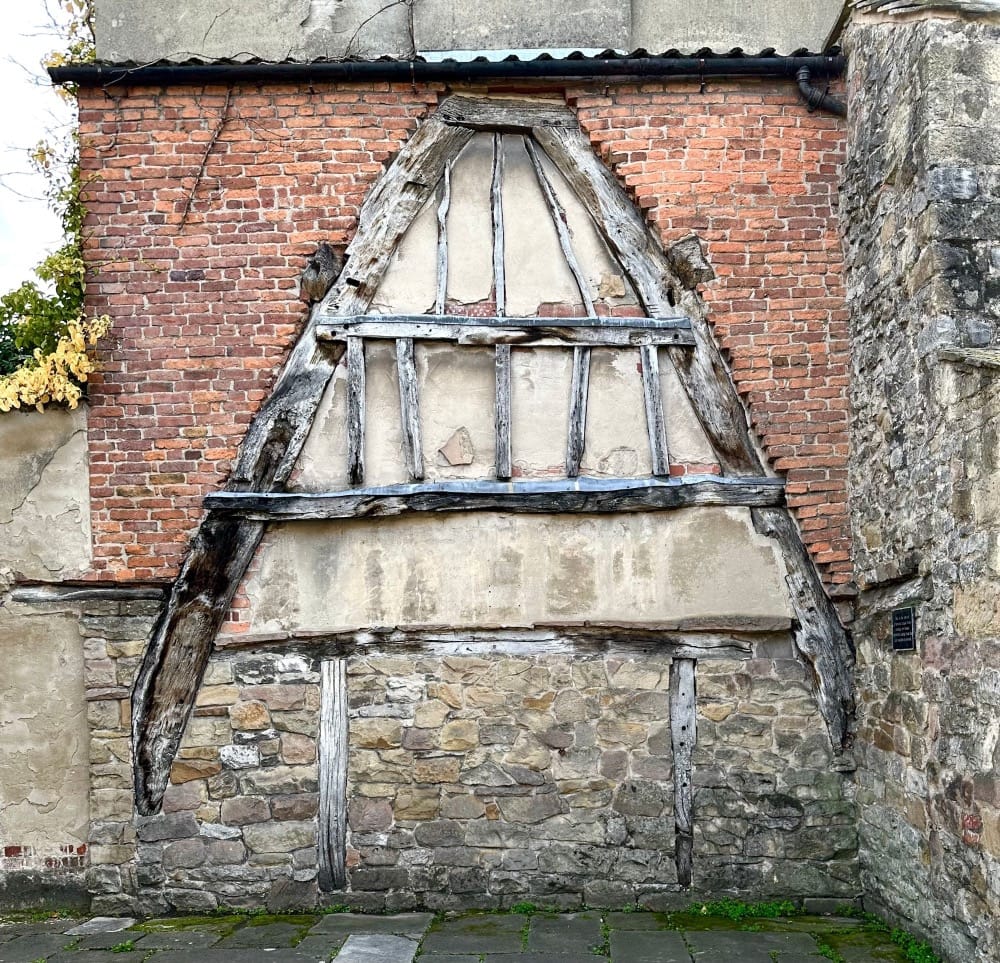
And for anybody that's interested in another ghost building, they might want to take a stroll through the buildings of Wirksworth:
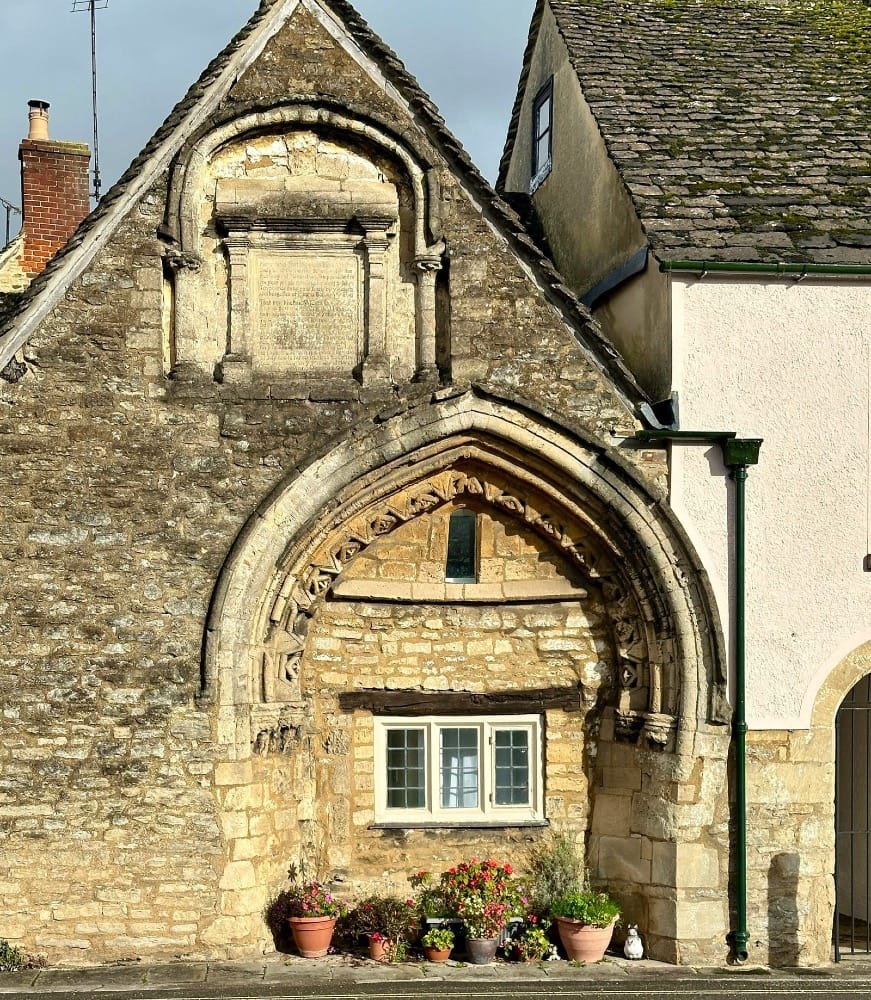
And another caught like a fly in amber in the gable of a building in Malmesbury (scroll down for this one - or linger around the porch.
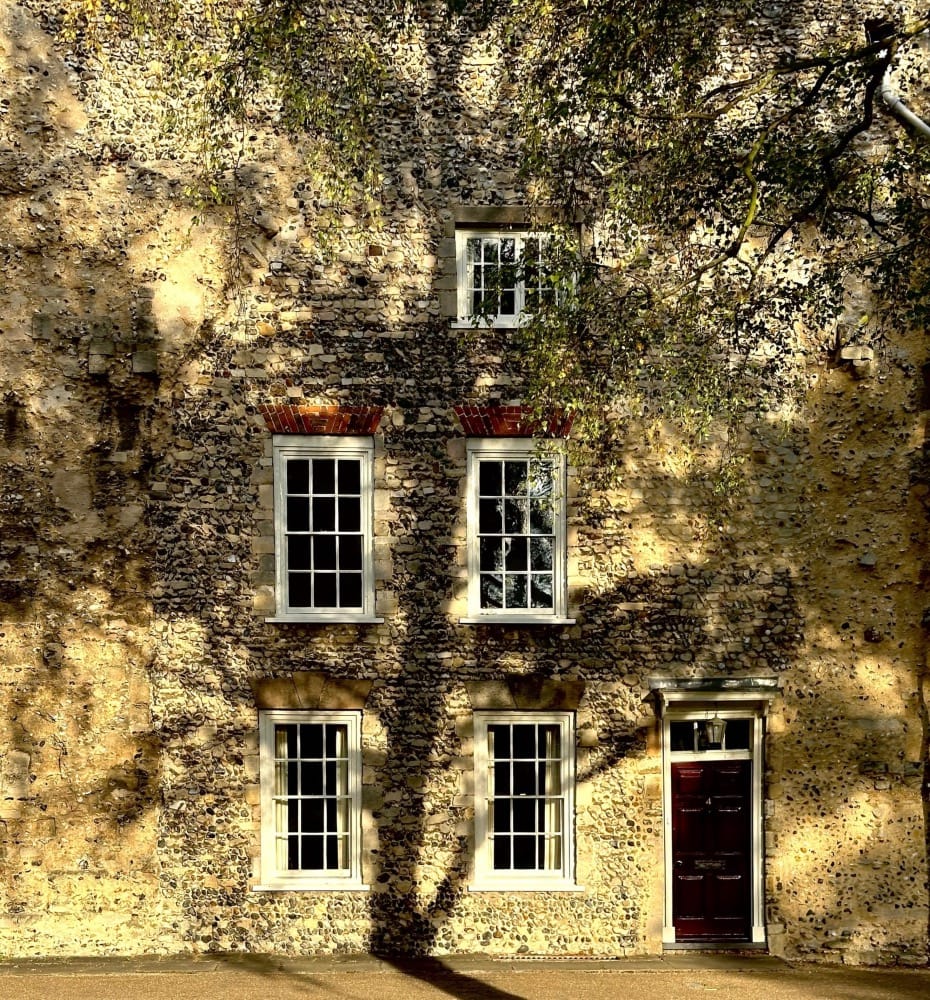
Or others caught within the abbey walls at Bury St. Edmunds.
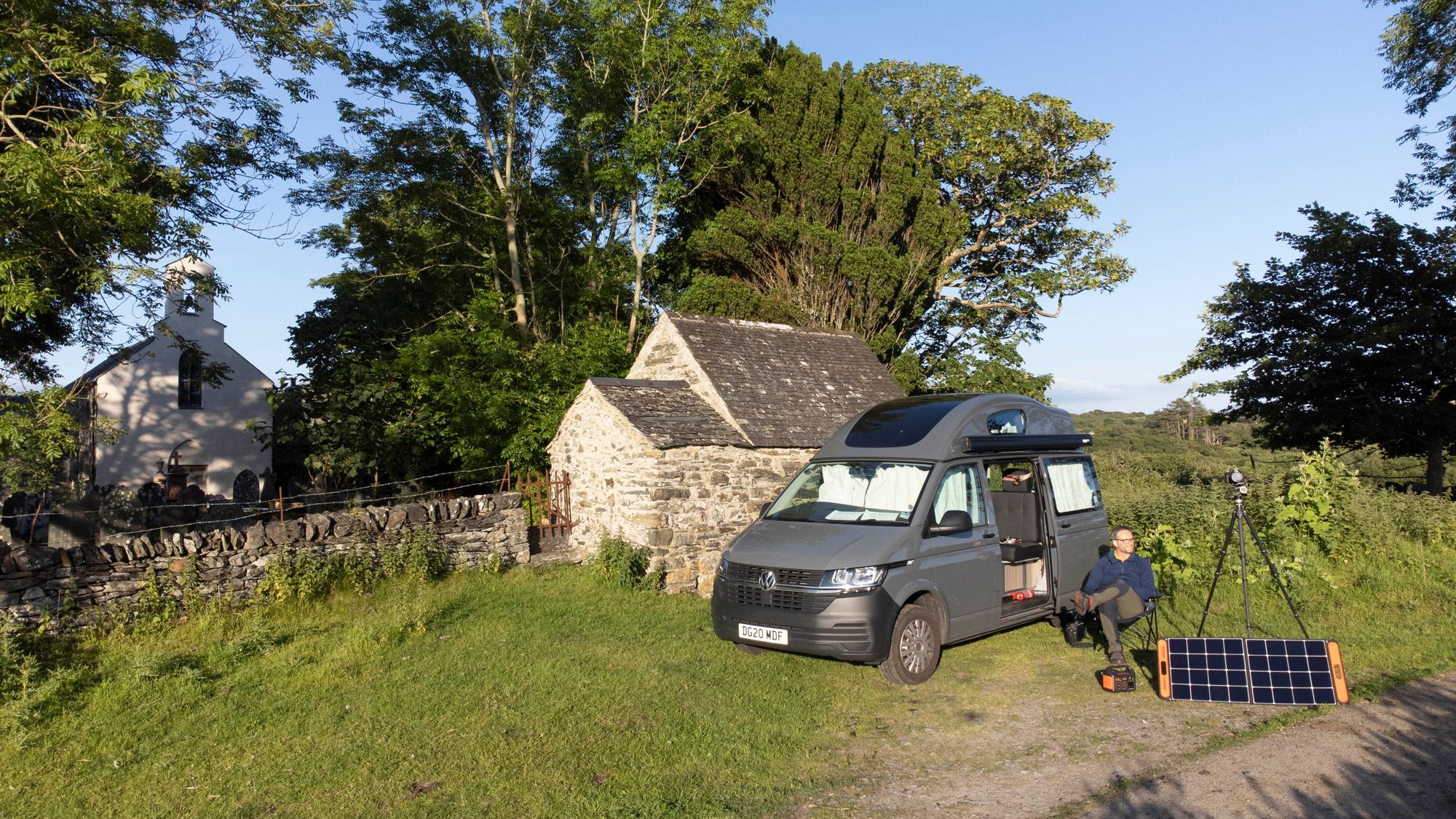
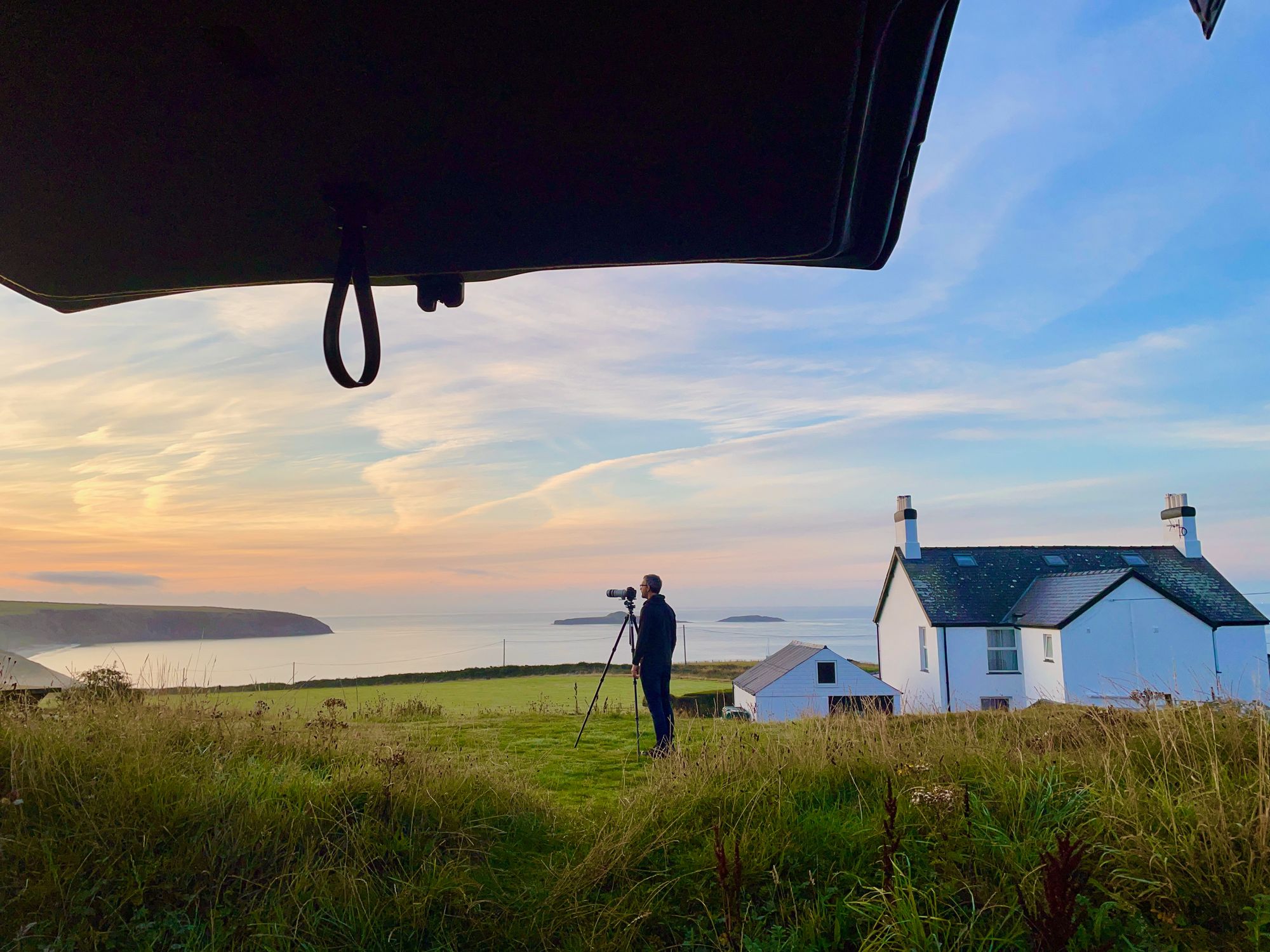
Recent Digest Sponsors:
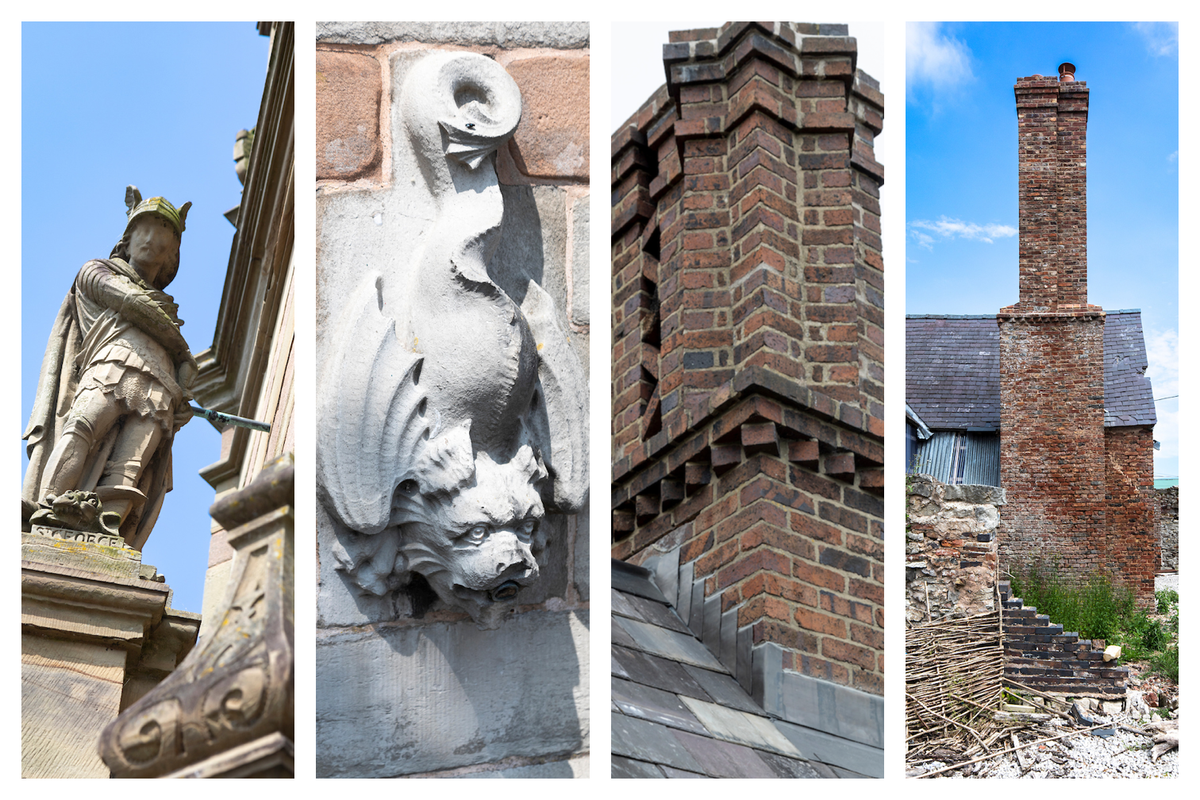
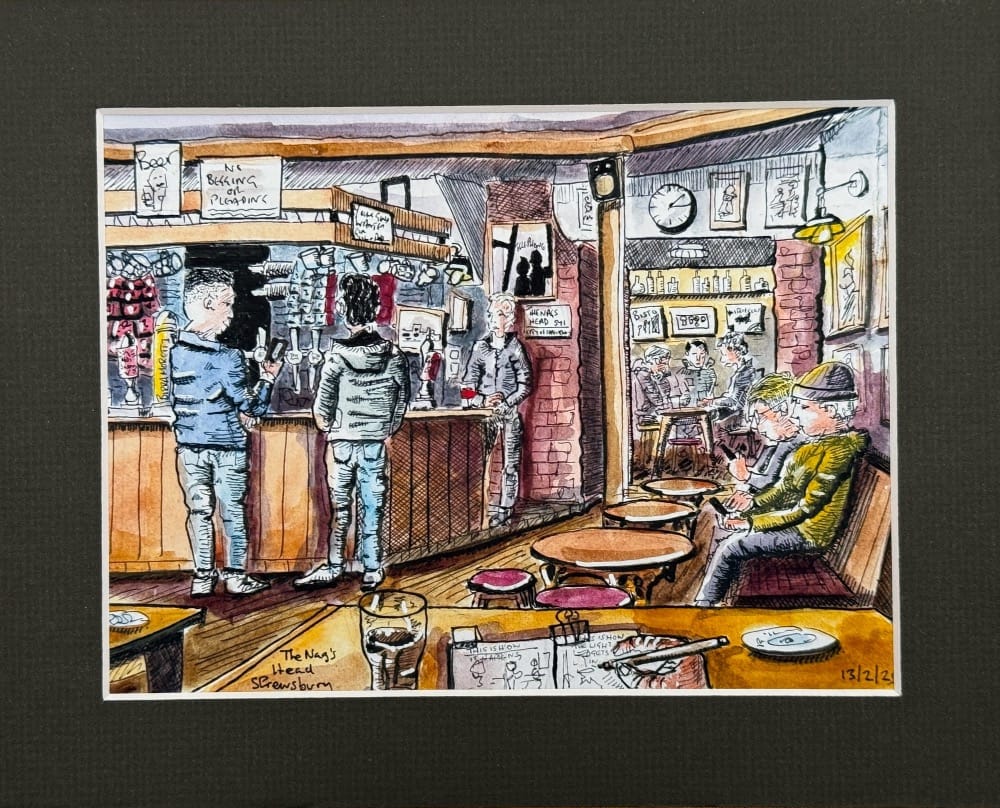
This is how the light gets in..
The watercolour (and other mixed media) I completed of The Nag's Head in Shrewsbury is now available as a limited edition print in the UK.
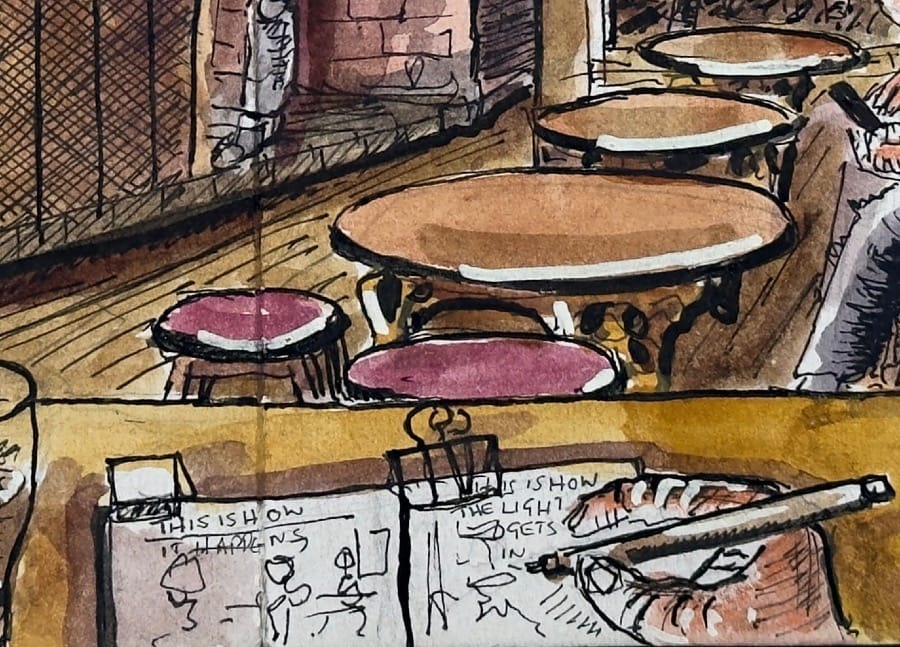
You can find out more here:
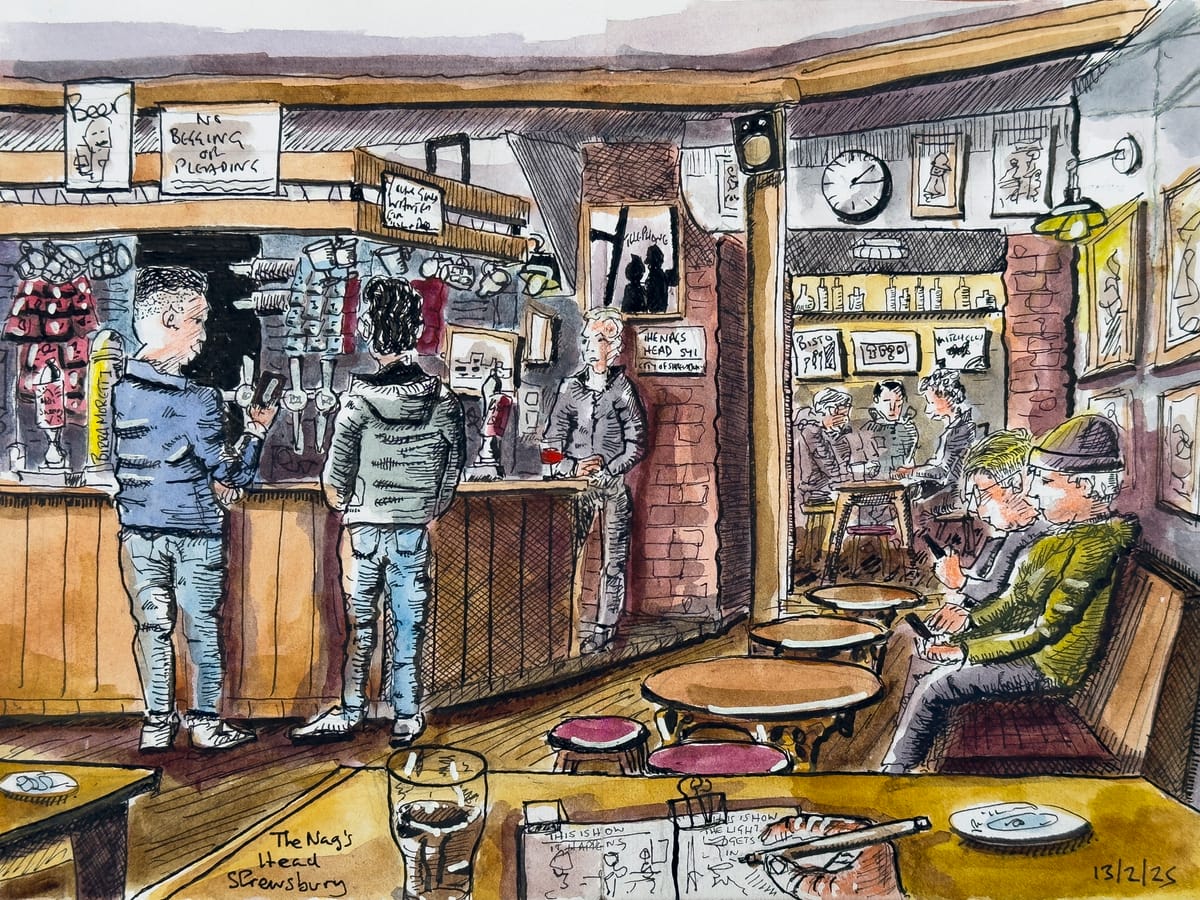
I'm putting sales of my prints towards Member Powered Photography. Check out Donation status here:

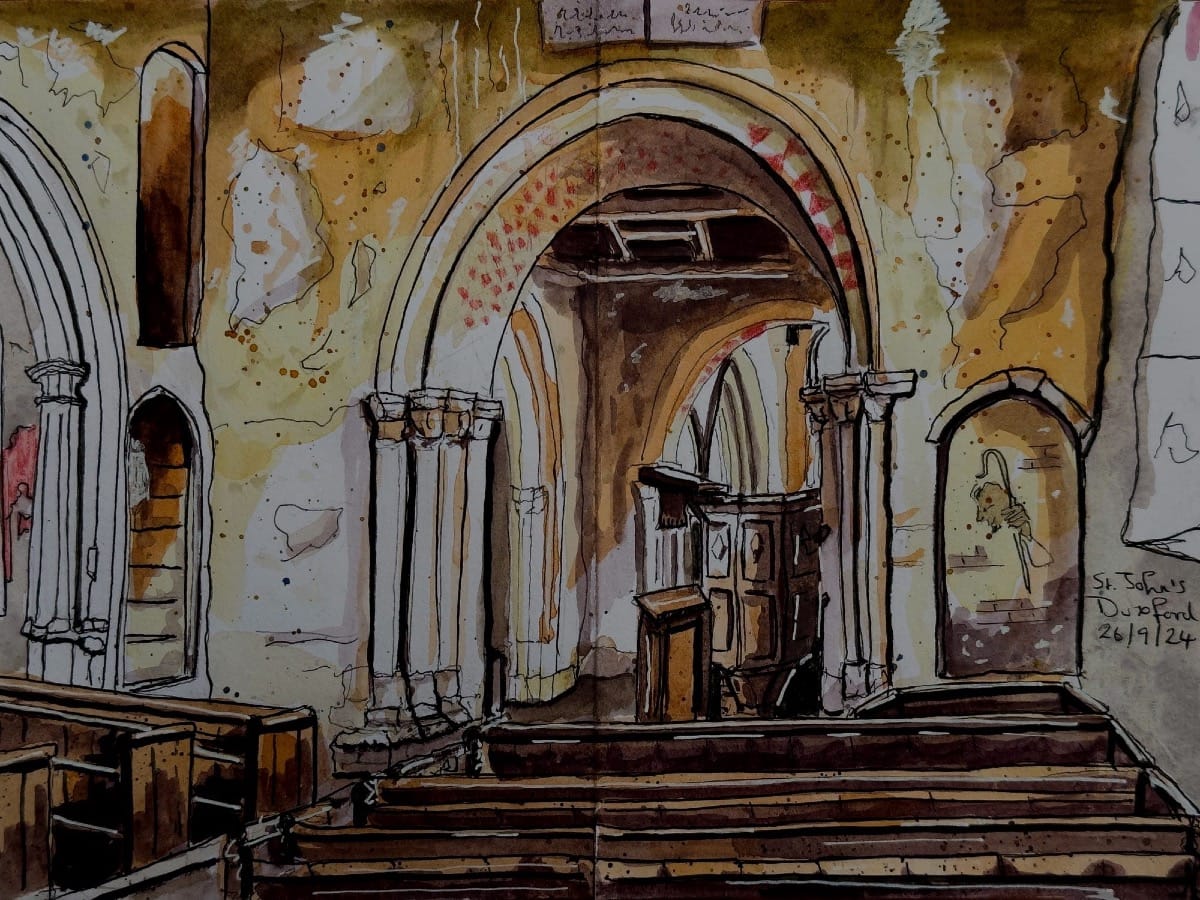
Atelier - My Art Shop
Visit My Art Shop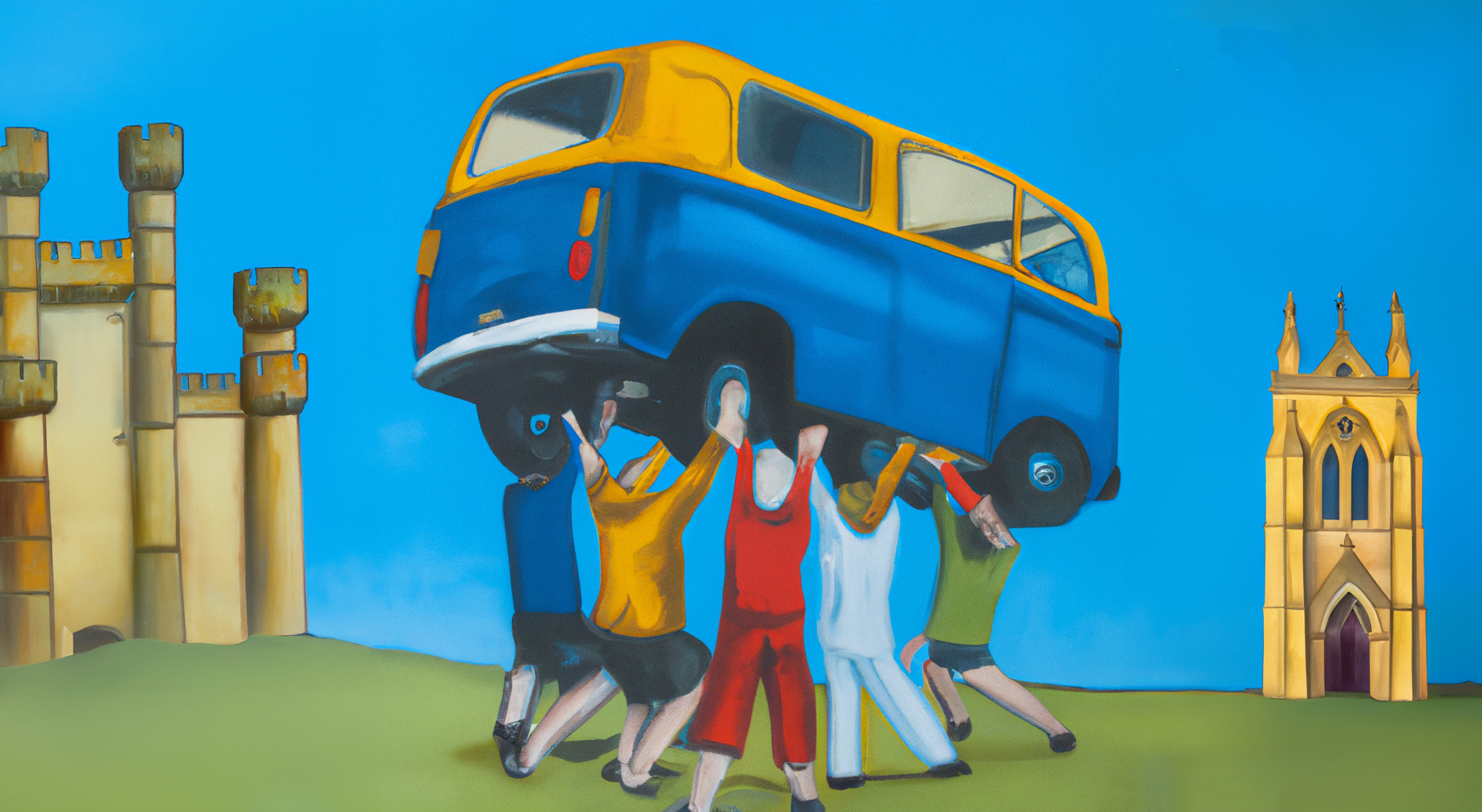
Do you know of a company or firm that might be able to sponsor the digest? Sponsorships are now going towards Member Powered Photography and recorded on the Donations Page.

Sponsor a Membership and get your own landing page on the Digest
More information here
Thank You!
Photographs and words by Andy Marshall (unless otherwise stated). Most photographs are taken with Iphone 14 Pro and DJI Mini 3 Pro.
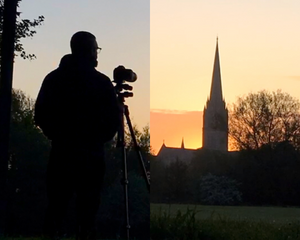
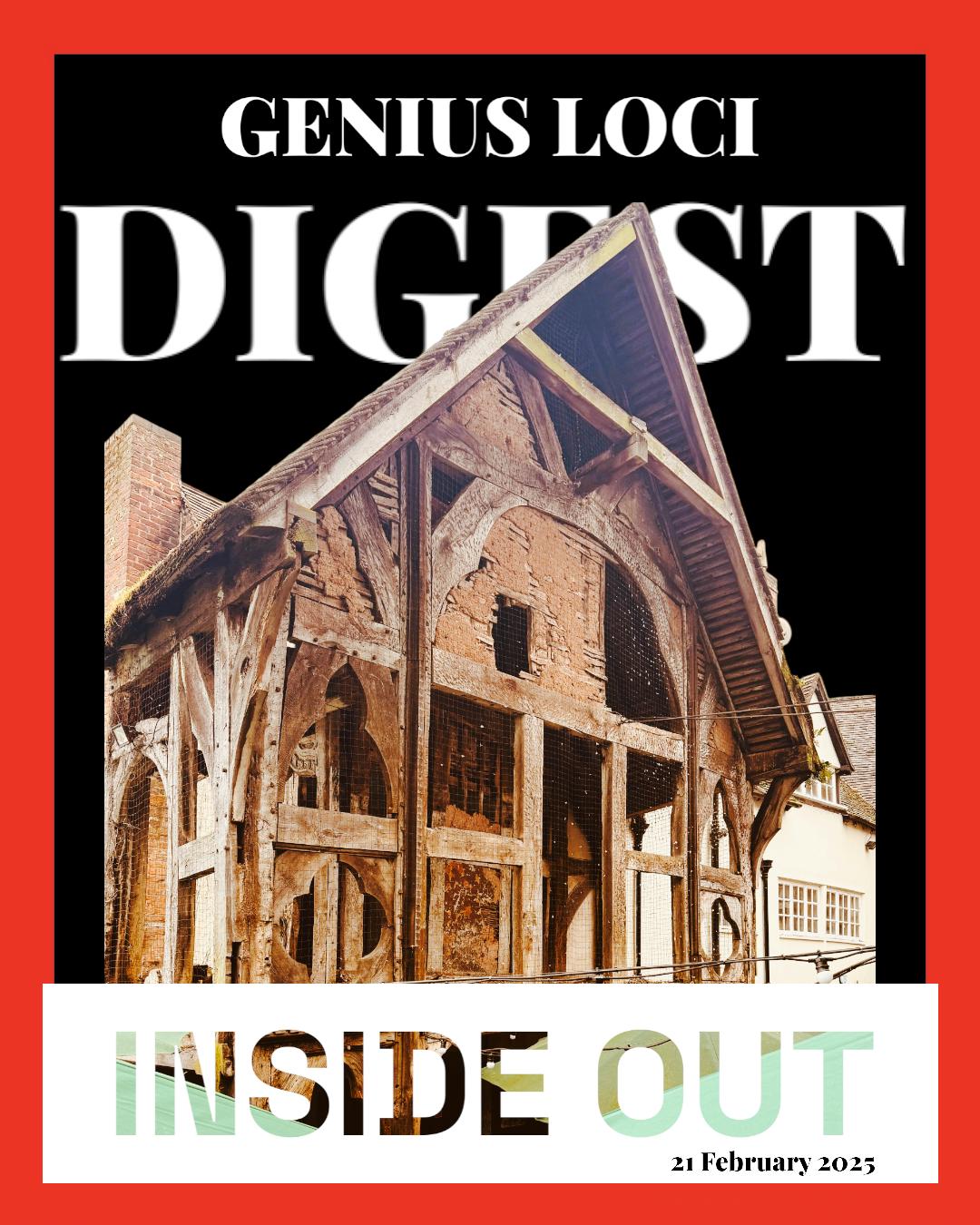
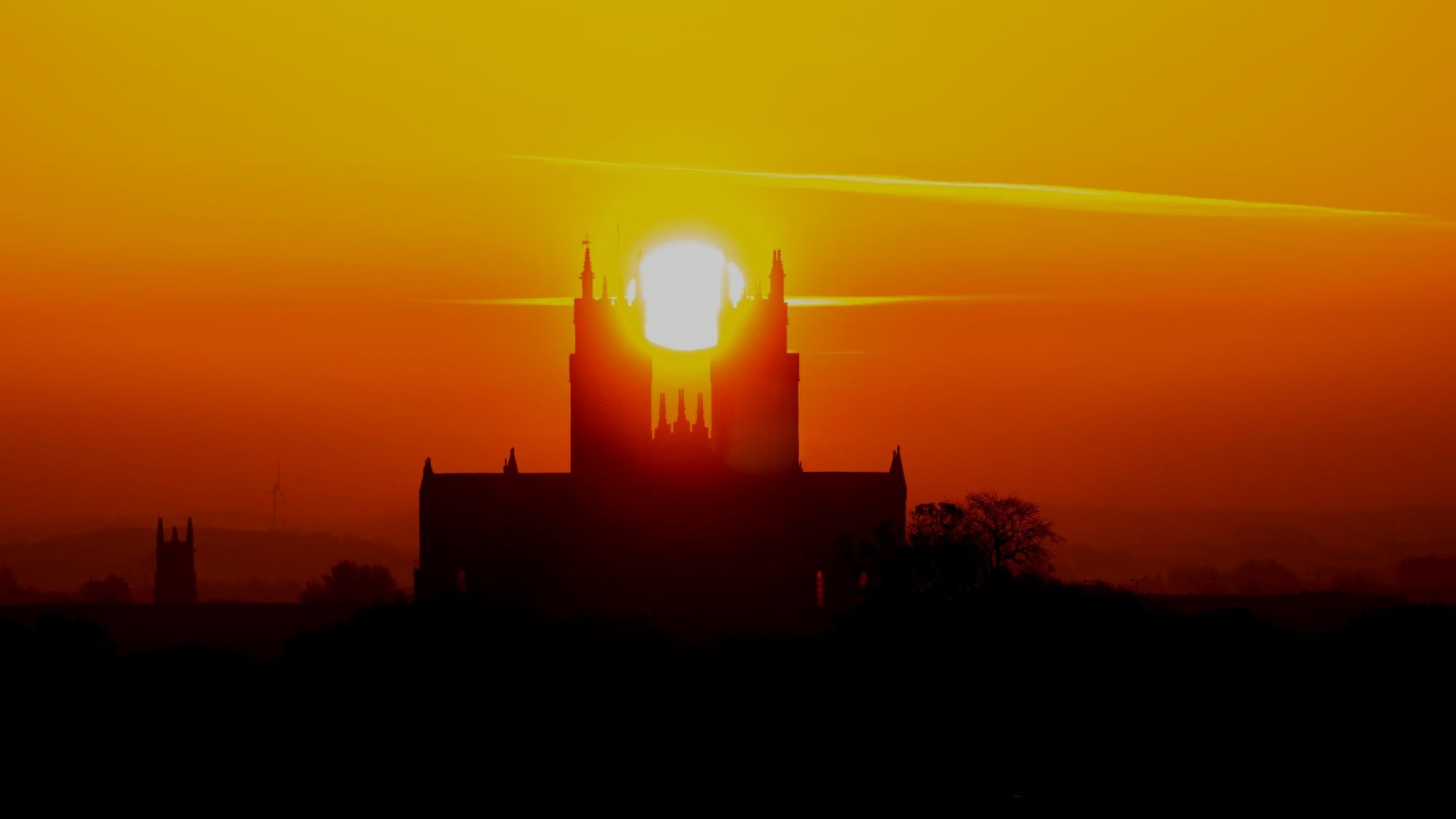

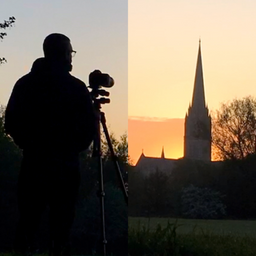




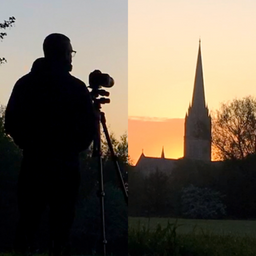
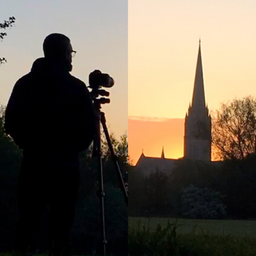
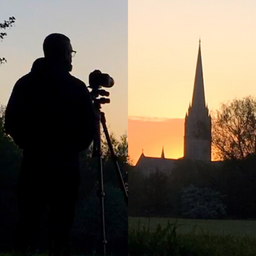




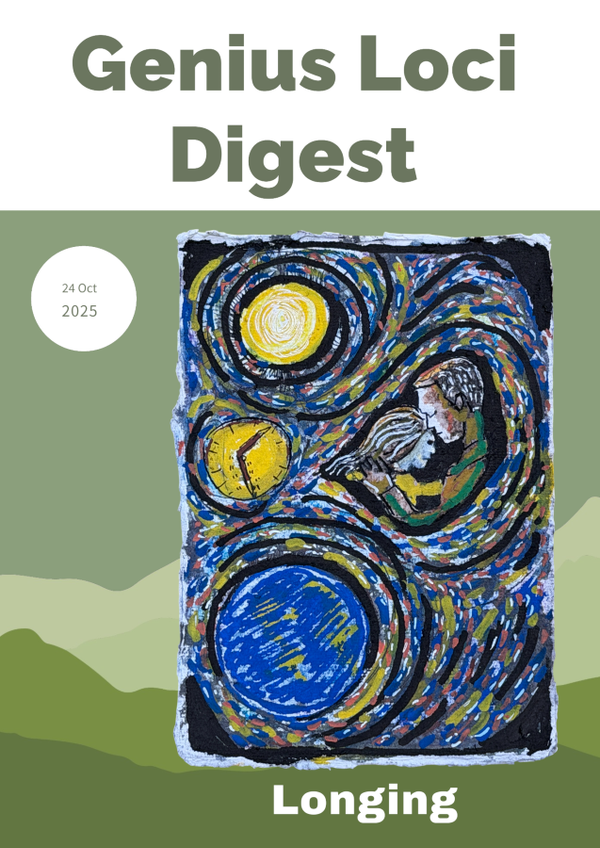
Member discussion